Home of Good Thoughts
Art Allmägi
Eike Eplik
Edith Karlson
Anna Mari Liivrand
Johannes Luik
Curated by Rael Artel
12.12.2020 — 30.1.2021
The corona crisis forced a lot of us to spend weeks stuck inside our homes. Being in a small and isolated space 24/7 became our reality, a tiny world of our own. Being confined made us anxious and the only way out was the computer screen or our imagination. In social media, jokes about holiday trips to the balcony, gourmet trips to the kitchen or spa-weekends in the bathroom circulated widely. The intimate and limited space became so familiar and so thoroughly felt that being in it acquired a new kind of depth. Just like we can travel in our minds, we can sit on our sofas and imagine that the flat is, indeed, our home town: the living room table is like a city square with busy family members around it, the square is framed by facades of various buildings, convenient roads lead to the residential suburb, restaurant, spa…
At the heart of the exhibition “Home of Good Thoughts” is an attempt to compare private interiors and public city space through active sculptural landmarks. Just like a monumental work brings ideas and moods to a city square, forms on a coffee table give rhythm to the atmosphere in the living room. Sculptural objects on shelves and on the mantelpiece greet passers-by and inform them of what is going on behind them, inside the shelf. With paintings there is no question of where to place them in the interior, three-dimensional objects, however, provide a surprising amount of space to play around with and think.
The first corona spring has passed and been forgotten, the long and dark corona winter is most likely still ahead. We will once again travel in our minds, lounge in the living room-main square and take walks in the hallway-park… The artists participating in the exhibition “Home of Good Thoughts” have taken time to think about their isolation experience and look for parallels in their home and the city space.
Art Allmägi has brought a portrait of Putin to the exhibition that looks at us from a bookshelf, titled “Portrait of Anton Hansen Tammsaare titled Truth and Justice”. The work is about post-truth society and uncritical belief in everything that the media throws into our living rooms. The artist describes the background of his work: “In 2019 I had an exhibition at Draakon Gallery titled “Come and Kiss the Hand of the Future President”. When I was taking the show down, the gallery invigilator told me that a couple of Russian tourists had expressed their anger, as the show supposedly offended Putin and Russia. To that, the invigilator always said it is not Putin but the famous Estonian writer Anton Hansen Tammsaare. After that, the tourists apologised and left. This made me think. Why did they believe that?” For the curator, the work draws parallels between Tammsaare Park and domestic bookshelves. But who shapes our mental space? Is it writers and intellectuals or perhaps power-hungry lunatics at the helm of state?
Eike Eplik is showing two contemplation objects – “Wednesday Lunch I” and “Wednesday Lunch II”. At first glance, the form of the object resembles an animal or plant, certainly something organic. Indeed, it is a Jerusalem artichoke, often found in the fruit and vegetable departments of the finer supermarkets. During corona, many found a passion for cooking – restaurants and bars were closed and eating pasta every day became too much. People baked their own bread and tried exotic recipes and dishes. There was also an exceptional amount of time to think and to be bored. This great boredom made all kinds of boring things interesting, a simple domestic object could provoke a fantasy that led to unexpected places… Eplik’s work could be interpreted as an object of contemplation that frees the viewer’s mind to follow whatever thoughts occur…
Edith Karlson has created a series of clouds made of polyester resin that, when placed on a windowsill, pleasantly refract light and allow the sky to be seen in a different way from the inside the room. The series of clouds (consisting of works actually titled “Weather”: “Weather I”, “Weather II”, “Weather III”, “Weather IV”, “Weather V”, “Weather VI”) is inspired by the artist’s desire to “paint” the sky into space. The result of the experiment is fascinating, clouds are both dark and covered in sunlight, both ominously rainy and brightly translucent. The artist introduces her process: “I like foggy clouds very much, but when I was making them, I realised fogginess is beautiful. But it is even more beautiful when just the slightest ray of hope comes through from somewhere – something blue or yellow.” The series of clouds is the artist’s attempt to bring the real, the crispness and lightness of the outside into the room.
Anna Mari Liivrand often depicts landscapes that have a fairytale-like quality to them or somehow refer to distant times (or gardens) in her drawings. These are fantasy spaces, where past and yet unarticulated visions of the future meet. To accompany her drawings, the artist says: “In these drawings, I imagined ruins or skeletons in various stages of decay. ‘Scattered’ objects in the space also refer to ruins. At the same time, these ‘ruins’ are very carefully composed and looked after, raising the question that maybe decay is not always accidental and regrettable.” The world of the drawings “Passing Arcs I”, “Passing Arcs II” and “Passing Arcs III” partly flows into the gallery, and one of the depicted compositions “Encirclingcan” be found in the space. It is a kind of a park sculpture which, when taken from the park in the drawing to a real interior, acquires new dimensions and sensory potential. The park is an opportunity for walking, in the course of which the forms and shapes of the route change, but the trajectory still remains circular.
Johannes Luik was inspired by conversations with old sculptors in creating his works “Observer”, “Observers I-III”, “Interior with Oak and Stone” and “Interior with Two Stones”. Johannes, too, is a sculptor and has his own particular relationship to stone. For an artist, stone is a friend and an enemy, a pet and a partner. “The stone resisted,” “The stone must be defeated,” “A lot of effort must be put into domesticating the stone,” say old sculptors. In this exhibition, a large slab of stone has become the head of a creature that stares back at us in the space. When we get close to it, it moves a little. Today, our living environment is refined to the degree that it is difficult to find cold bare stone in flats in the city. Stone enters our everyday life as a hissing stove in the sauna or as a souvenir sitting on a mantlepiece, reminding us of a distant beach. His work “Observer” brings a large stone into the room with a completely different purpose – it needs to be looked at and considered, its function is to be present in the space as nothing more than stone.
Text by Rael Artel
Artists: Art Allmägi, Eike Eplik, Edith Karlson, Anna Mari Liivrand, Johannes Luik
Curated by Rael Artel
Cast moulding by Bruno Kadak (Tormis Disain OÜ)
Graphic design by Aleksandra Samulenkova
Language editors and translators: Ann Viisileht, Re:finer
Supported by the Cultural Endowment of Estonia, the City of Tartu, Pühaste Brewery, Punch Drinks
Kogo Gallery is located at Kastani 42 at the Widget Factory in Tartu and is open Mon – Fri 13–19, Sat 13–18
Rael Artel (1980) is an EKA-educated art historian, who has also studied curating of contemporary art at De Appel. She has curated exhibitions since 2000. Artel has run her own project space (2004–2008), organised the event series Public Preparation (2007–2011, with Airi Triisberg), initiated the contemporary art festival ART IST KUKU NU UT (2010–2014, with Kaisa Eiche) and worked as the director of Tartu Art Museum (2013–2017). She is currently working at the Narva Museum Art Gallery and art production complex Naked Island.


Press and Publications
Interview with the exhibition’s curator Rael Artel and one of the participating artists Anna Mari Liivrand (in Estonian)
Jane Saluorg, Vikerraadio kultuuriuudised. 14.12.2020
Kogo tõde Putini-kujulisest Tammsaarest ja koroonakodust
Raimu Hanson. Tartu Postimees. 29.12.2020
Photo reportage from the exhibition ‘Home of Good Thoughts’ at the Kogo gallery
Echo Gone Wrong. 07.01.2021
Omaette olemise kunst
Urmo Mets. Sirp. 15.01.2021
Avatud Tartu 2/4 – Heade mõtete kodu Kogos
Blog Lehvikuga tüdruk. 21.01.2021
Skulptorid leidsid kodu Kogo galeriis
Krista Piirimäe. Postimees. 26.01.2021

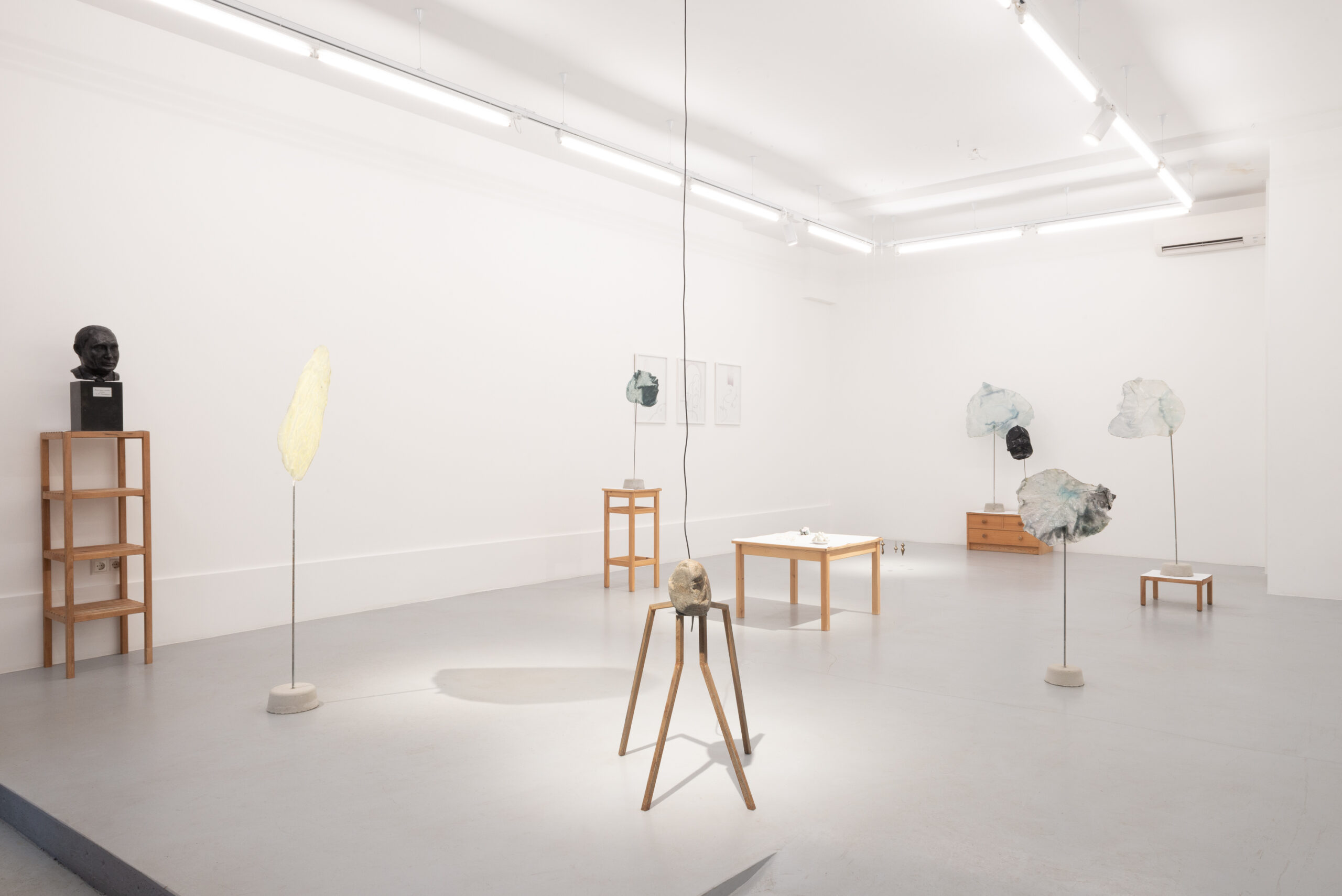
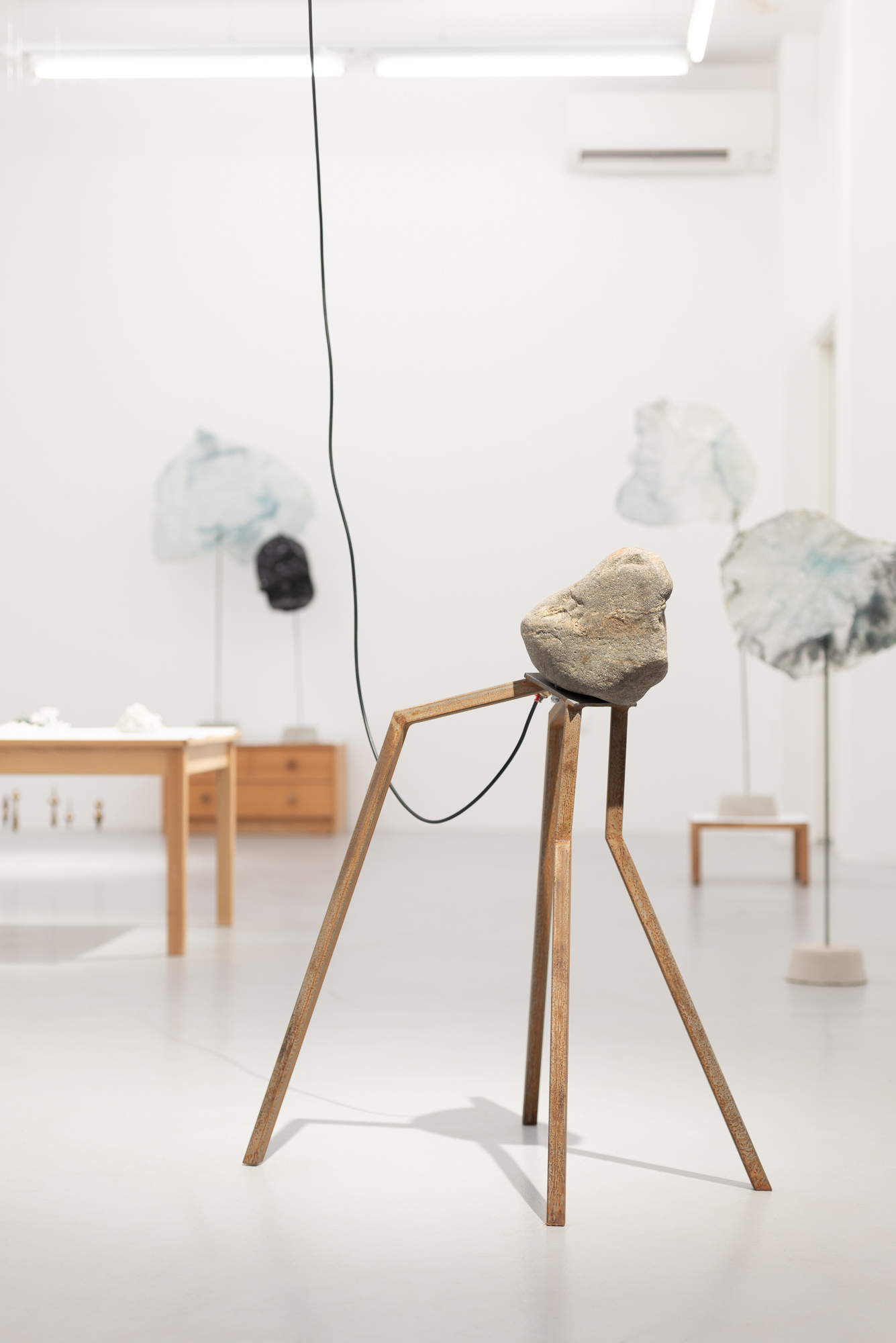
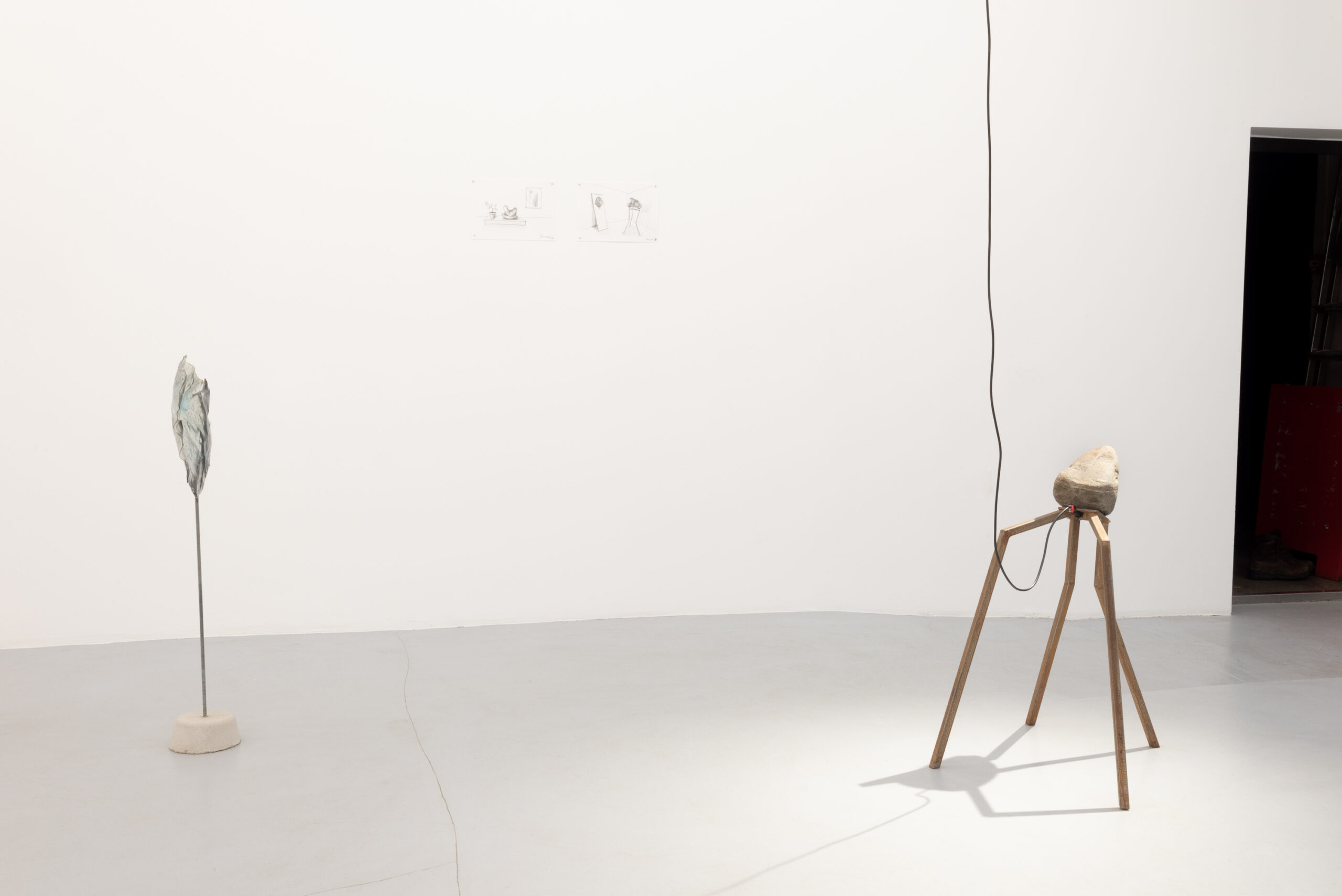
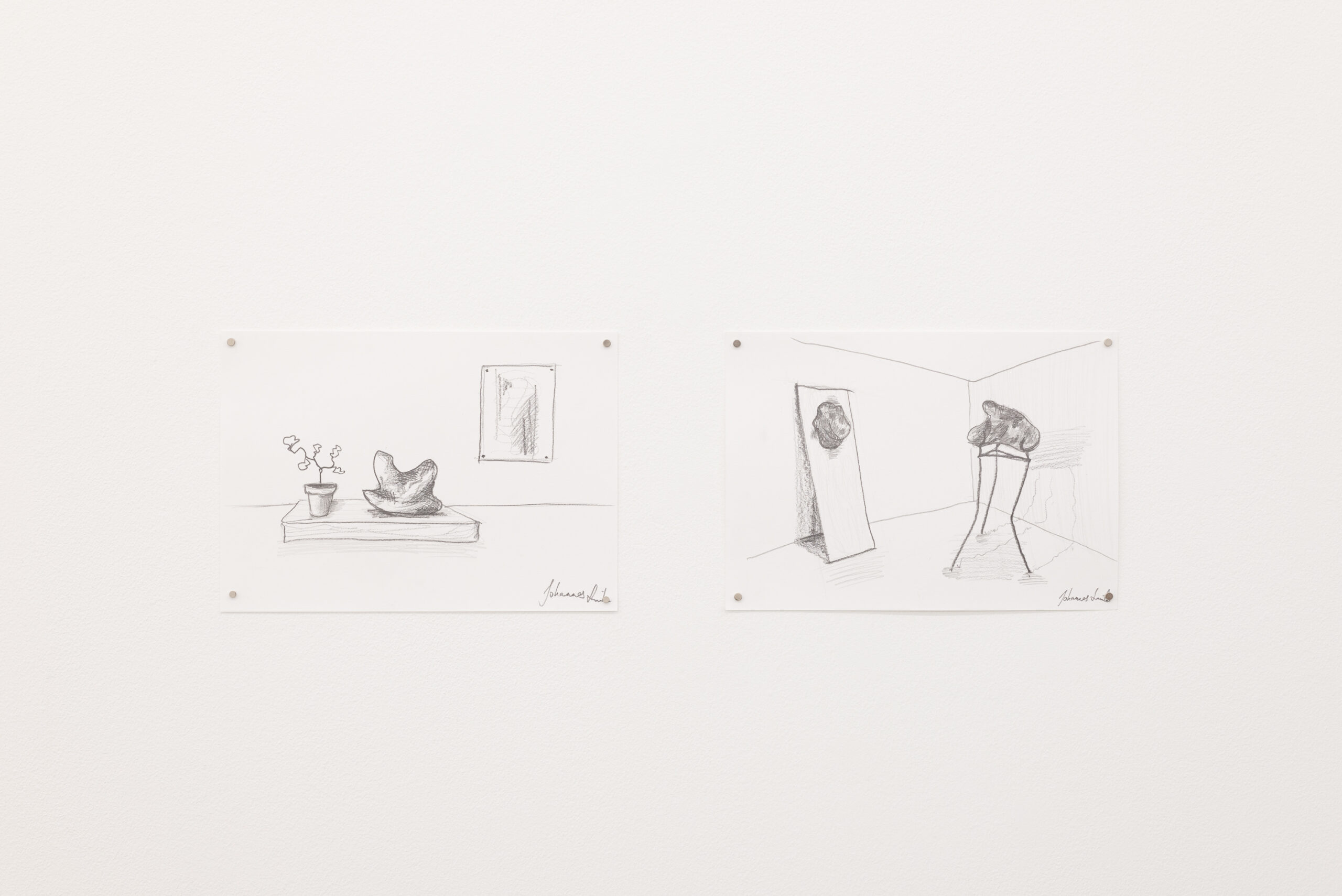
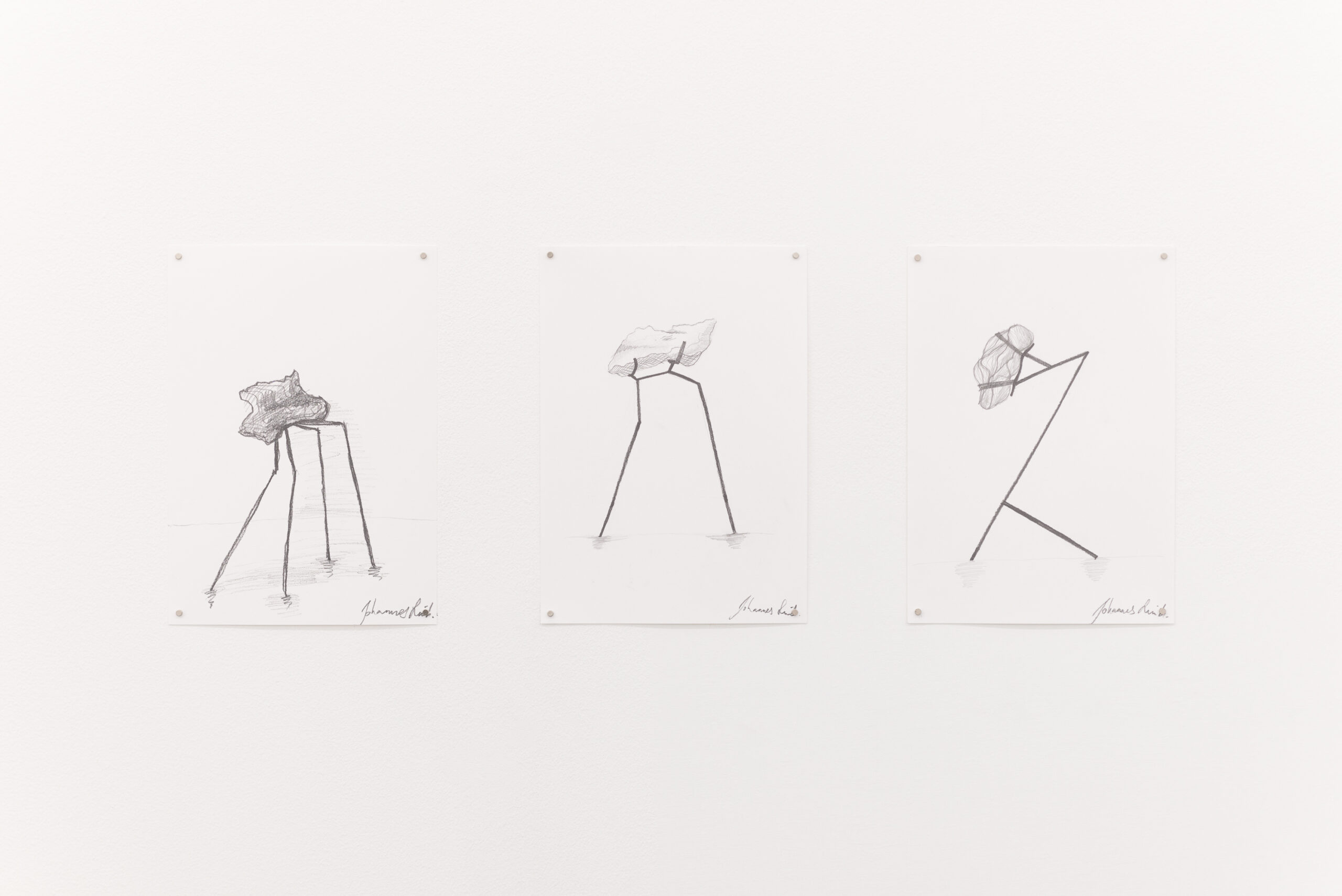
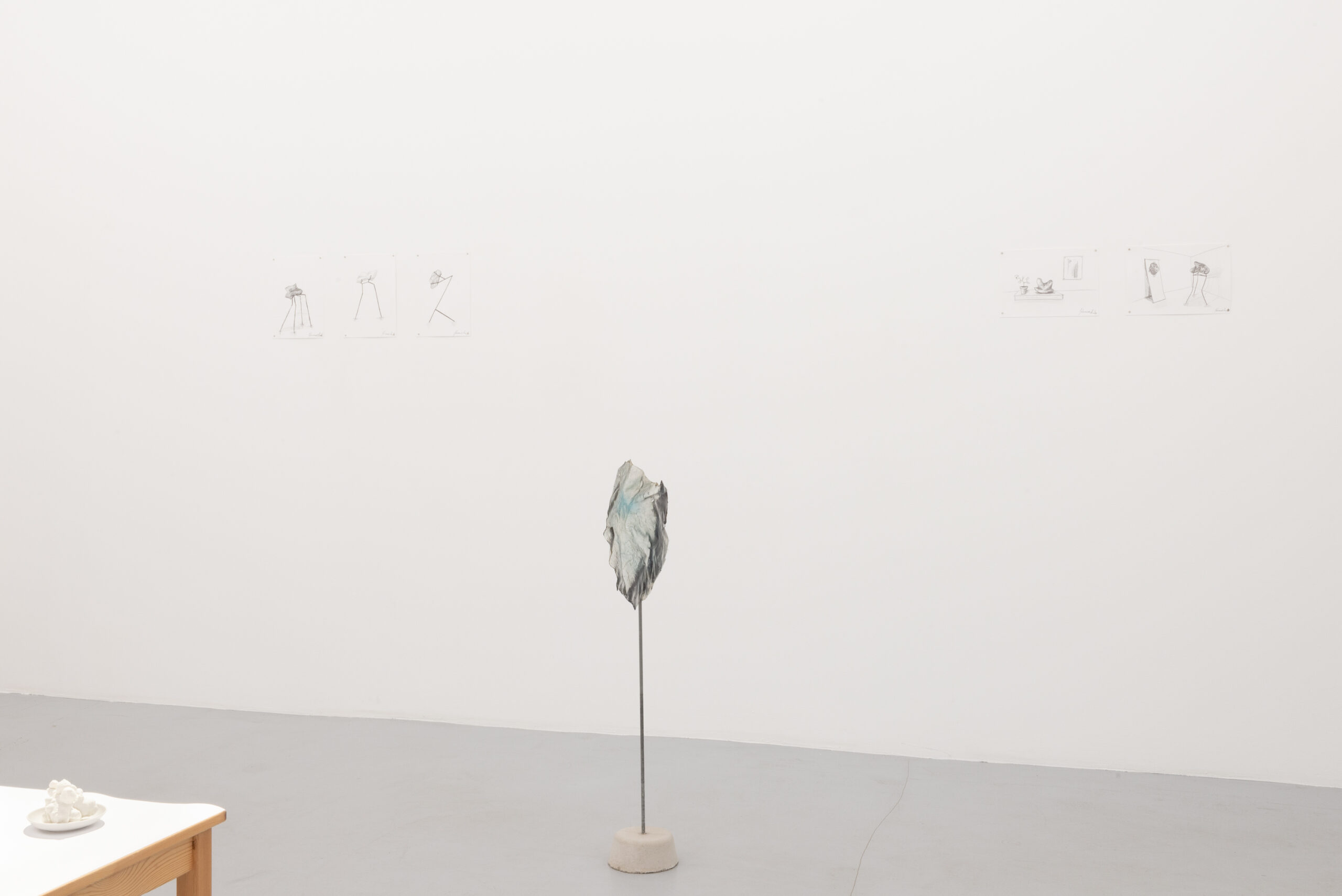
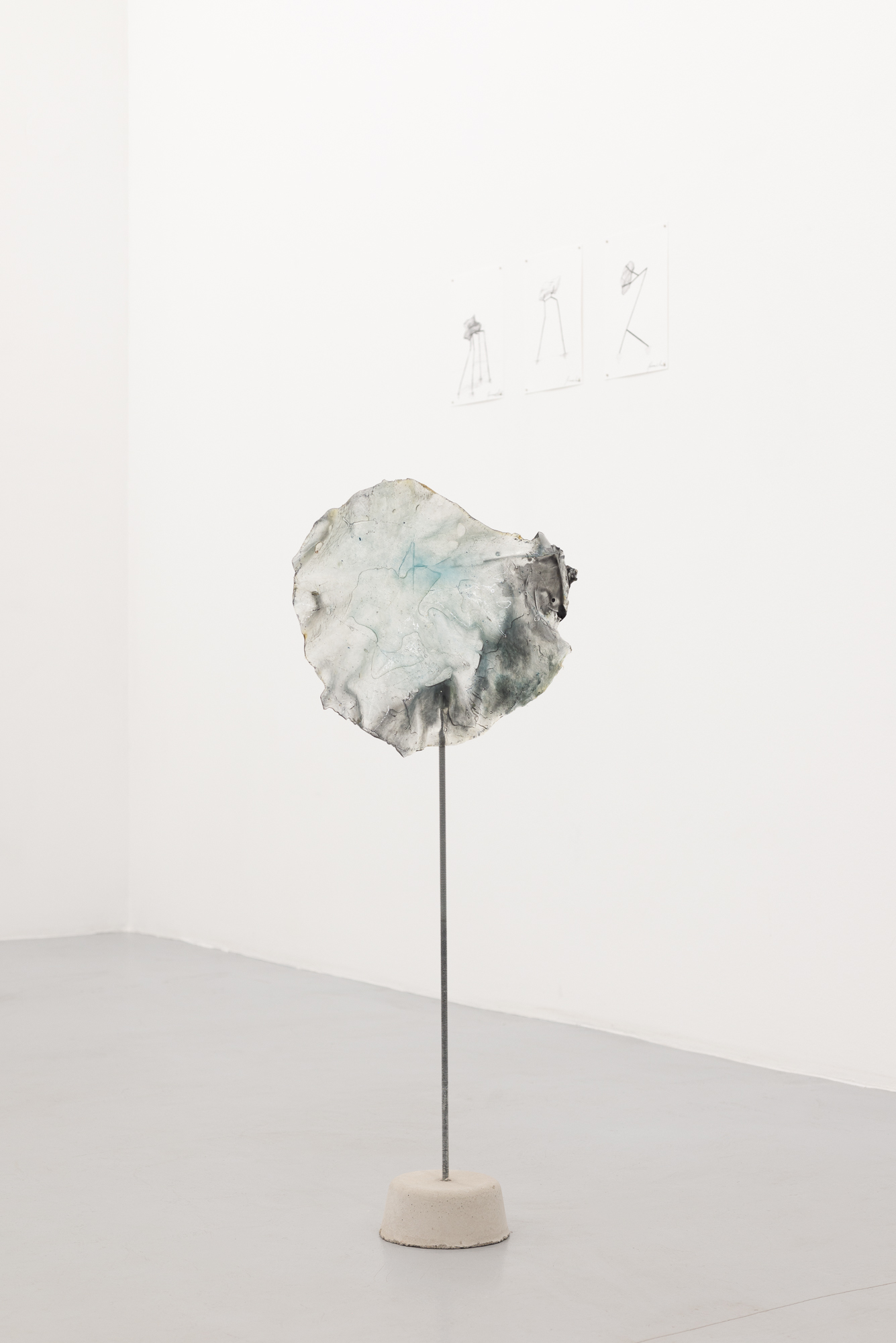
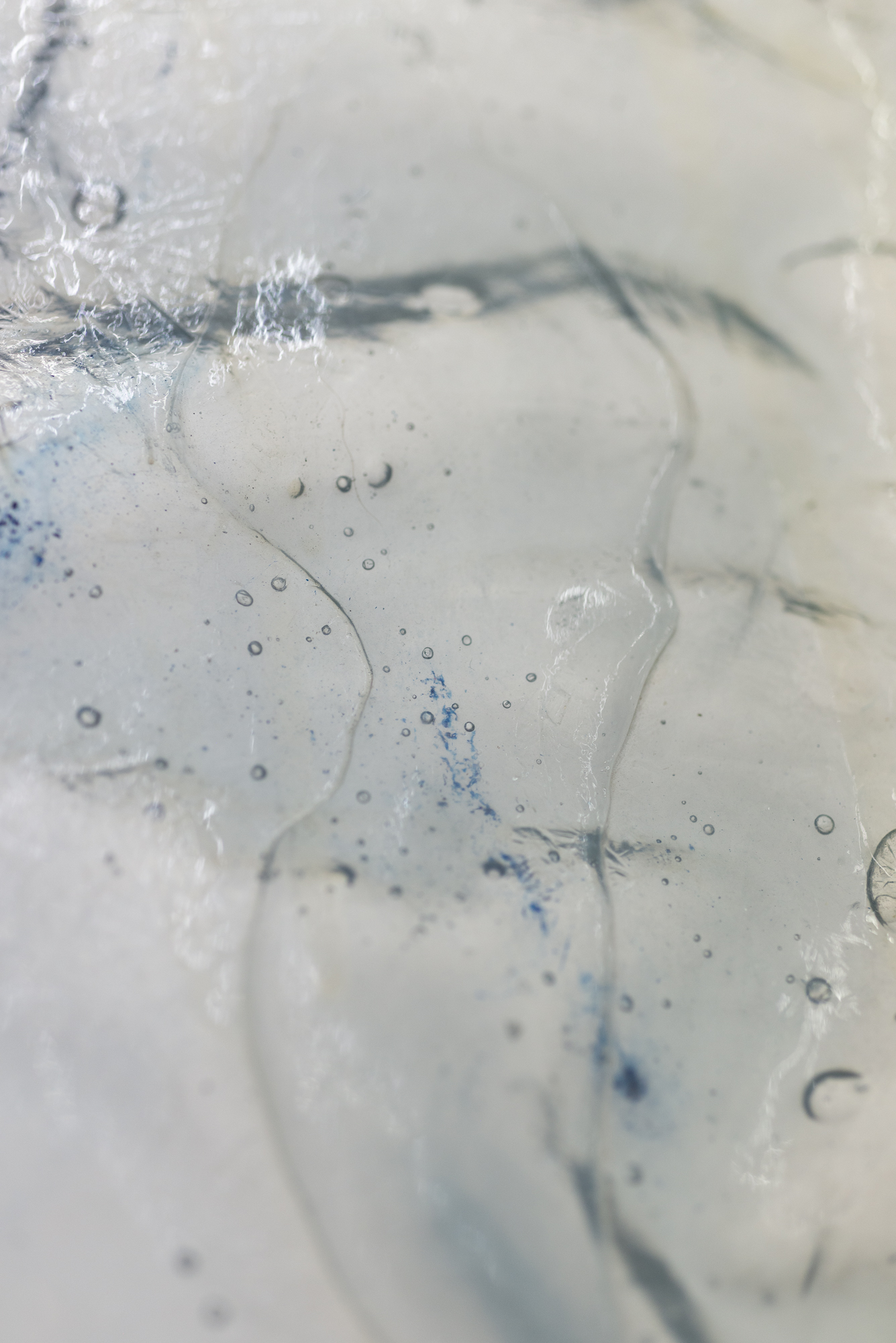
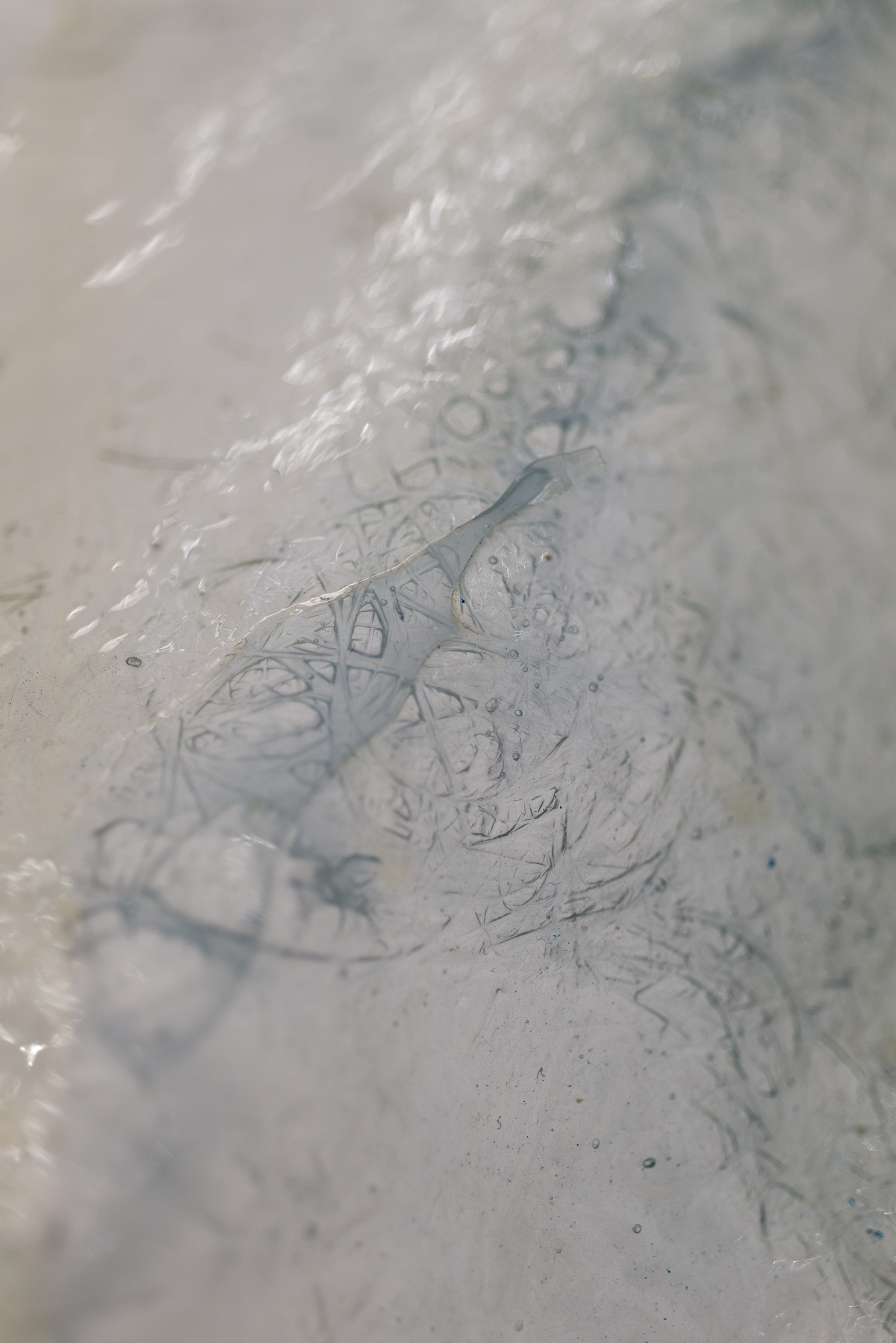
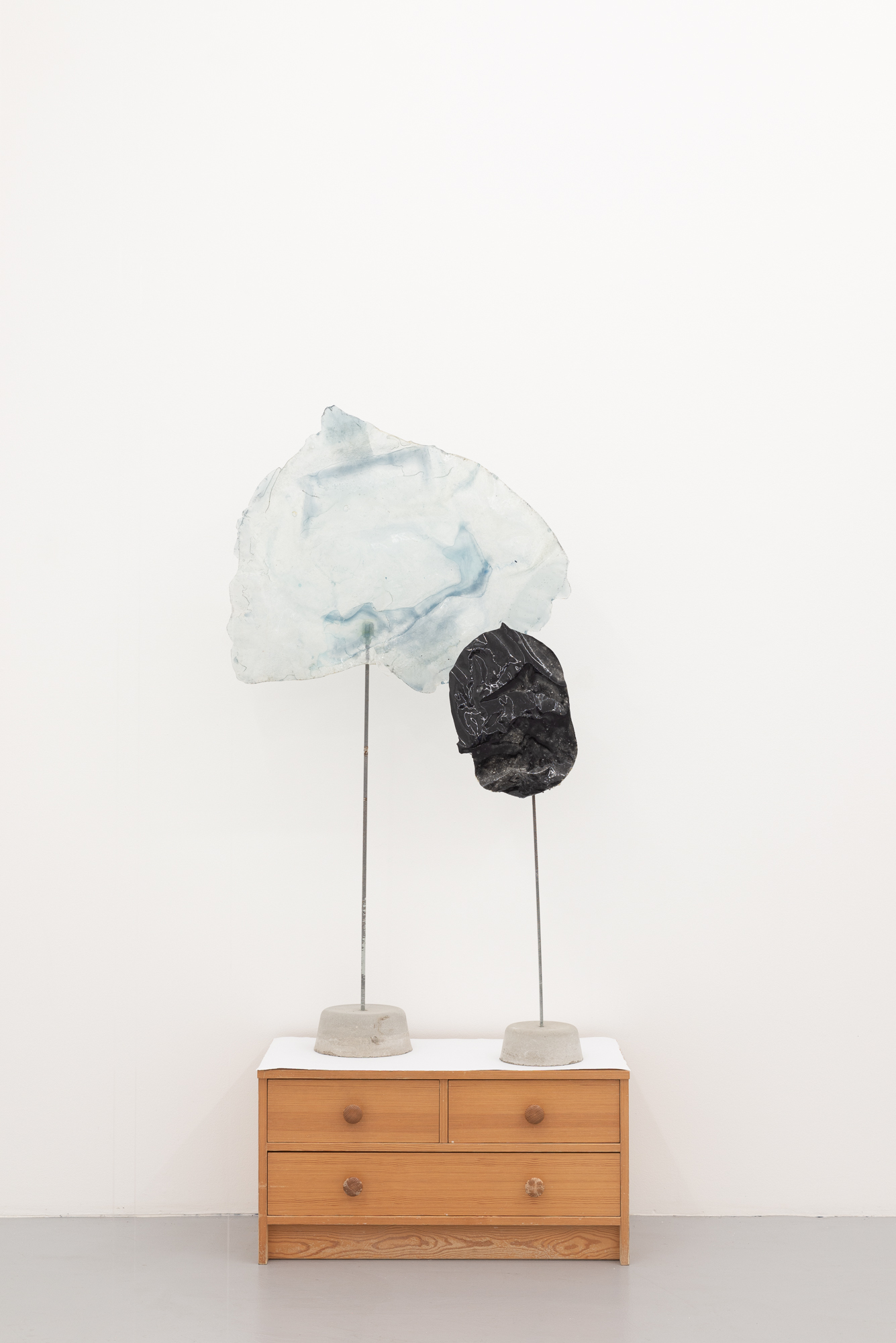
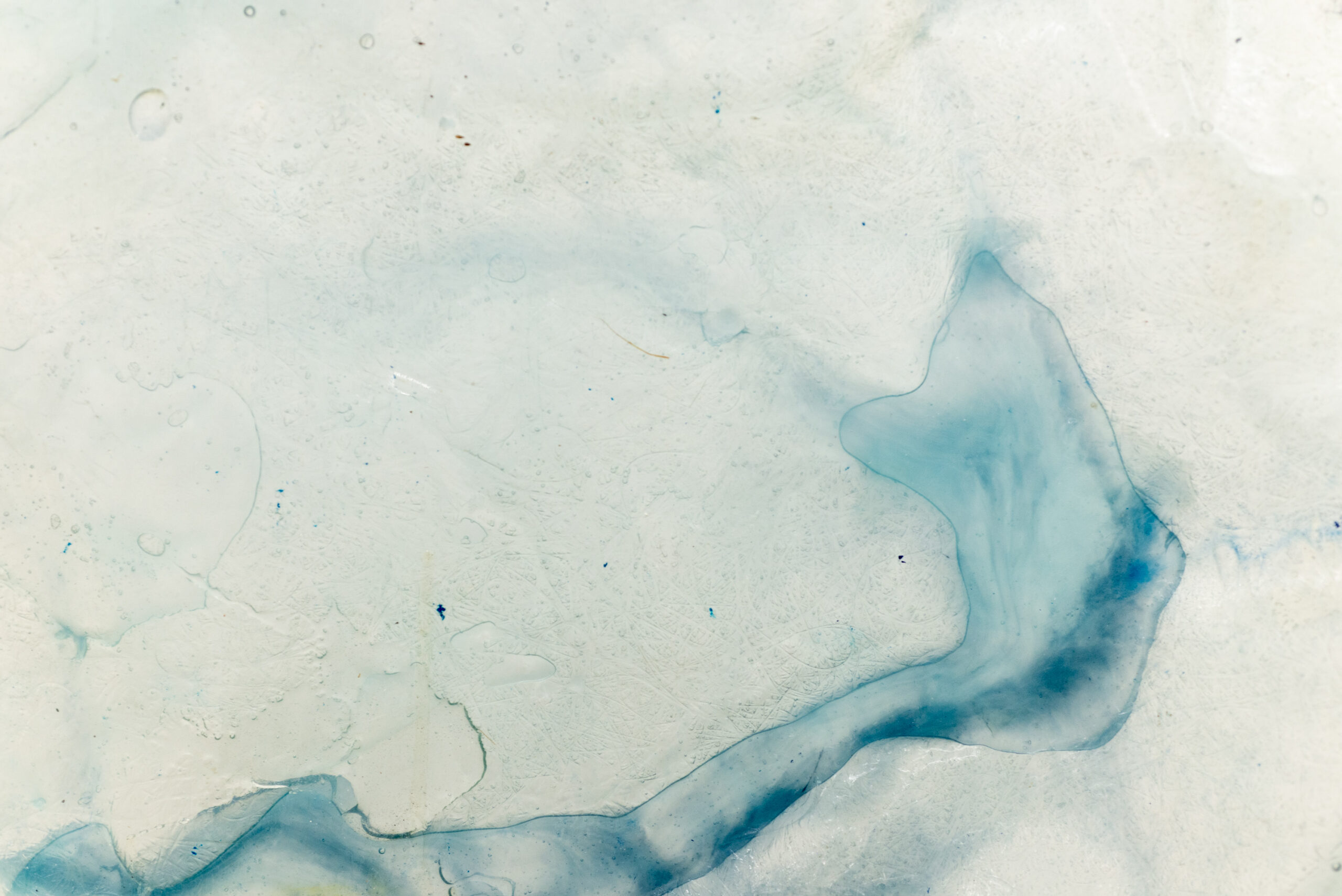
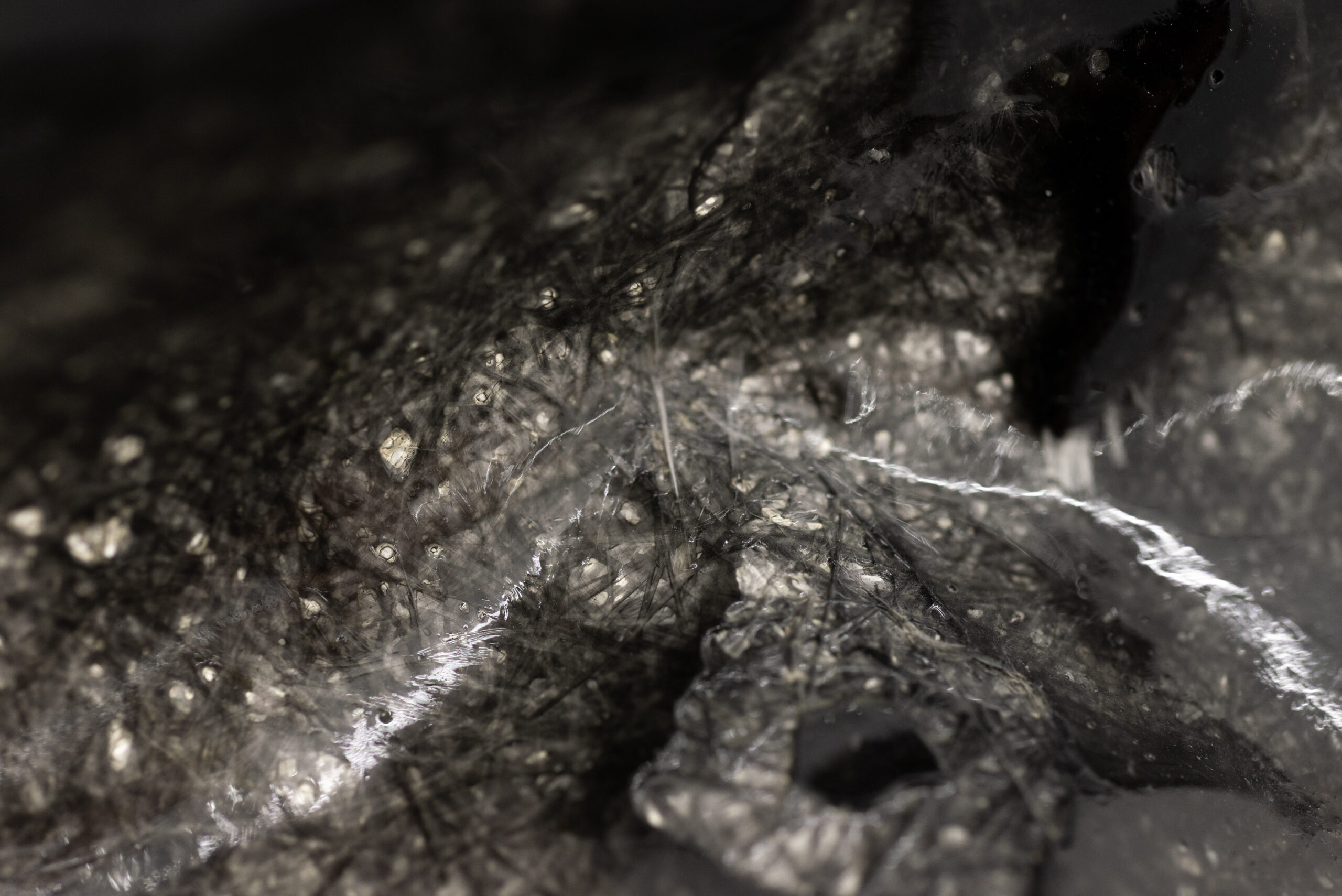
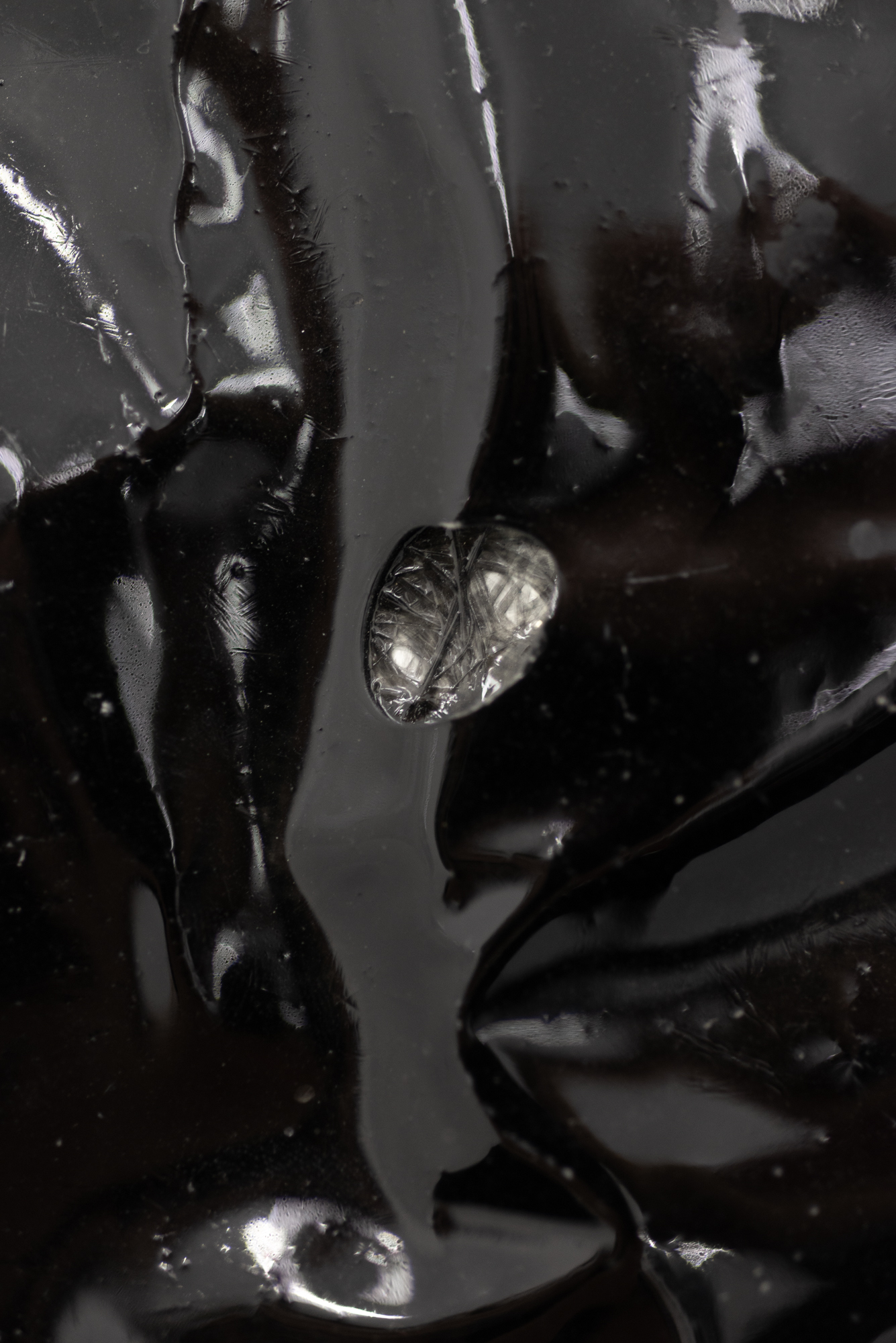
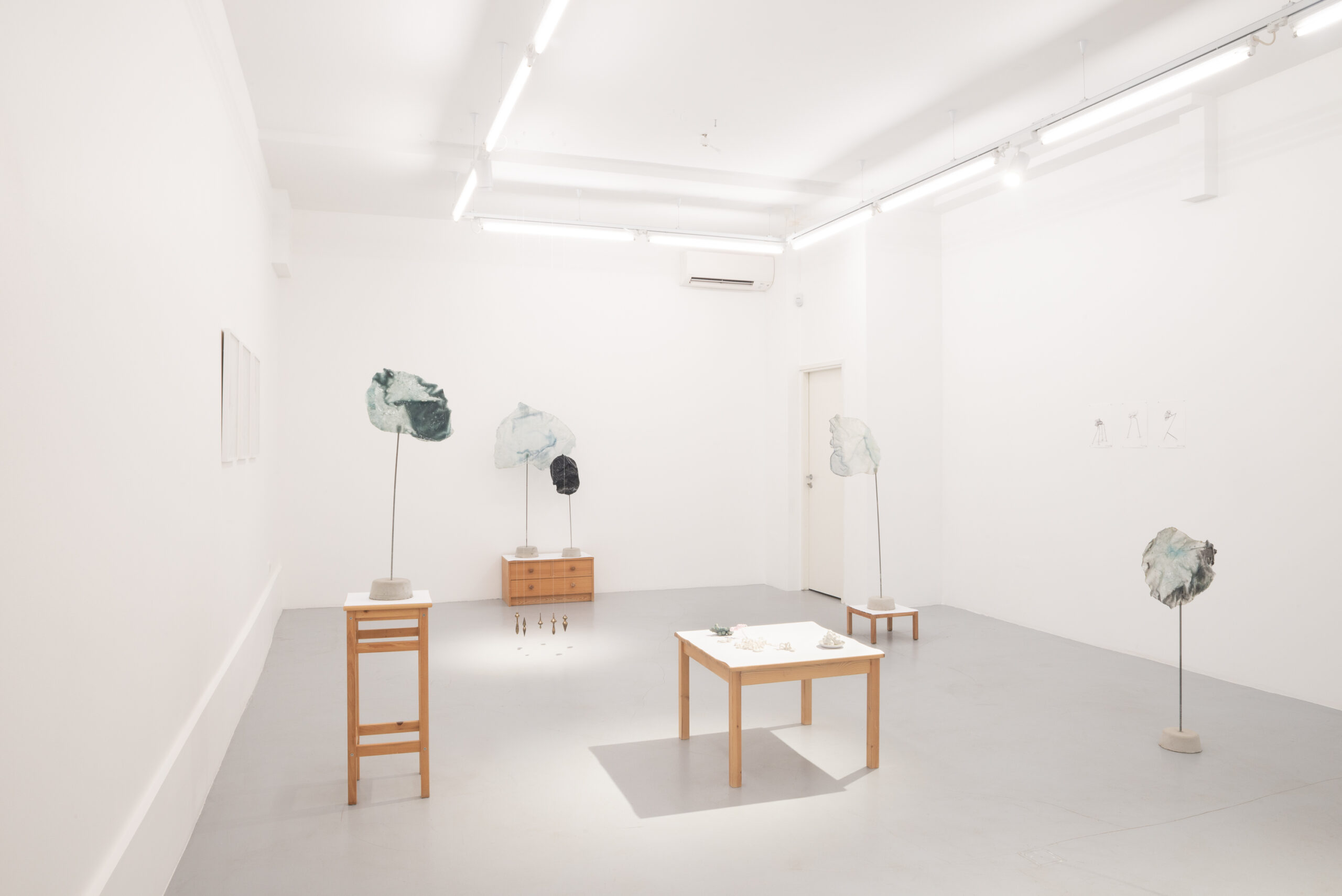
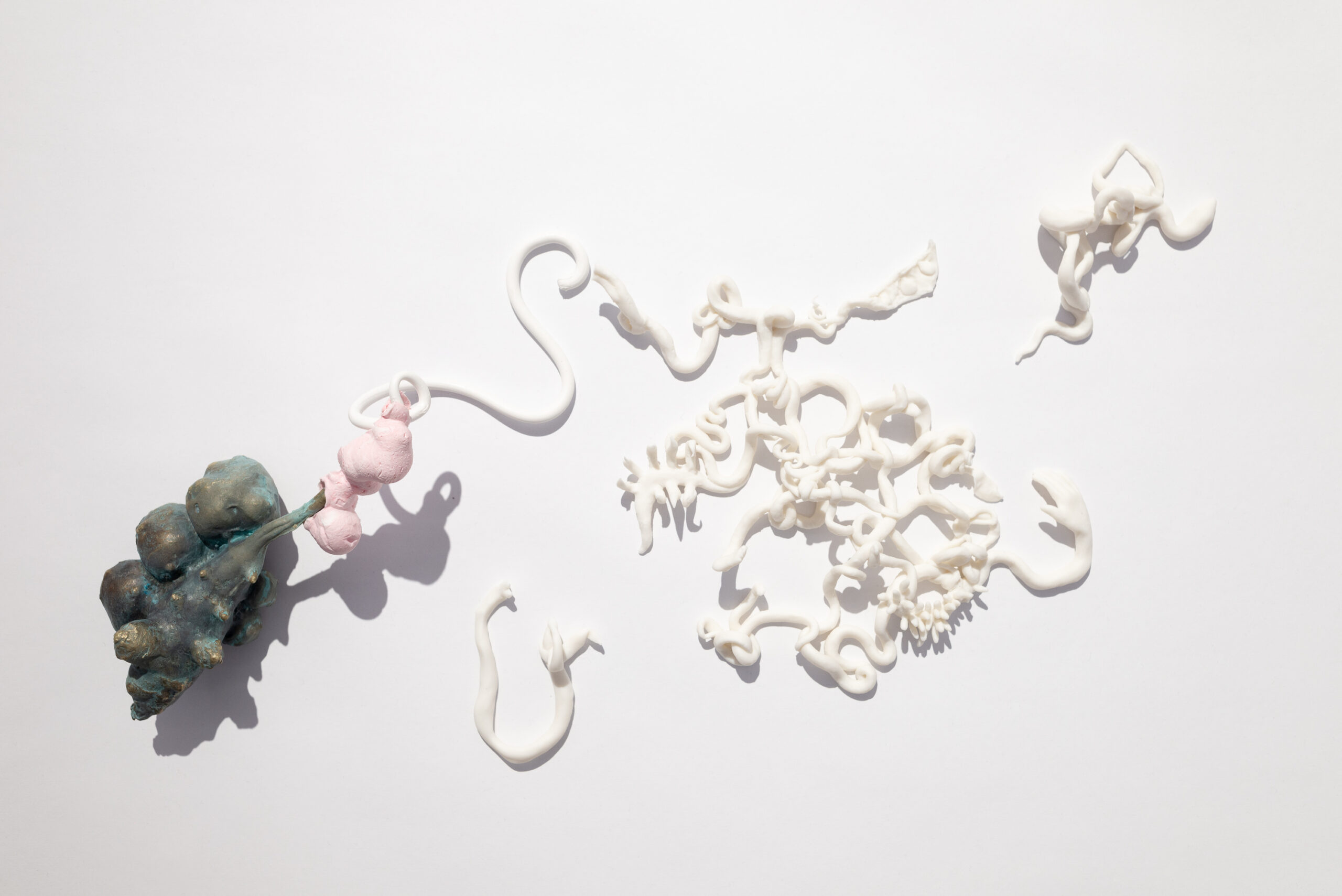
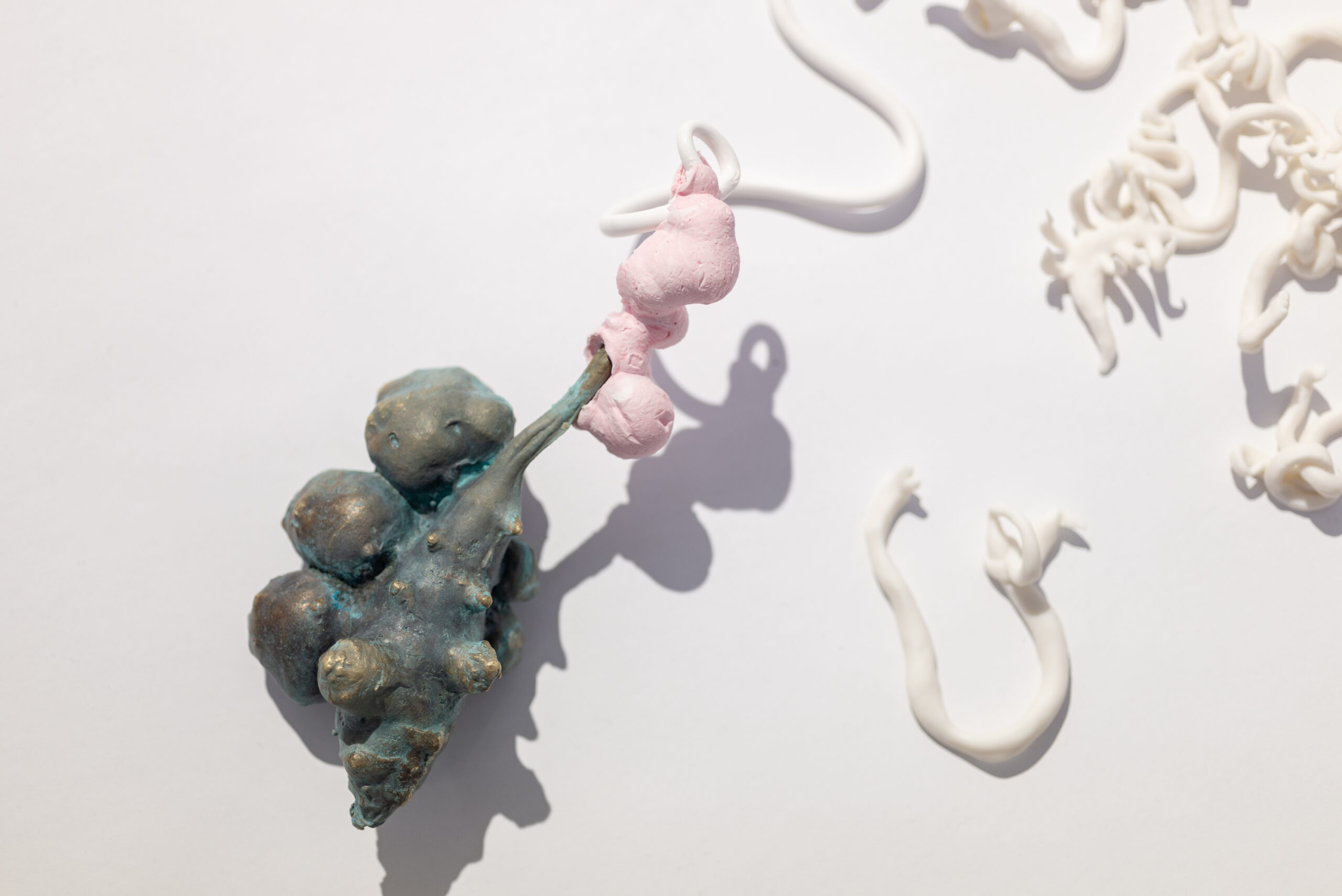
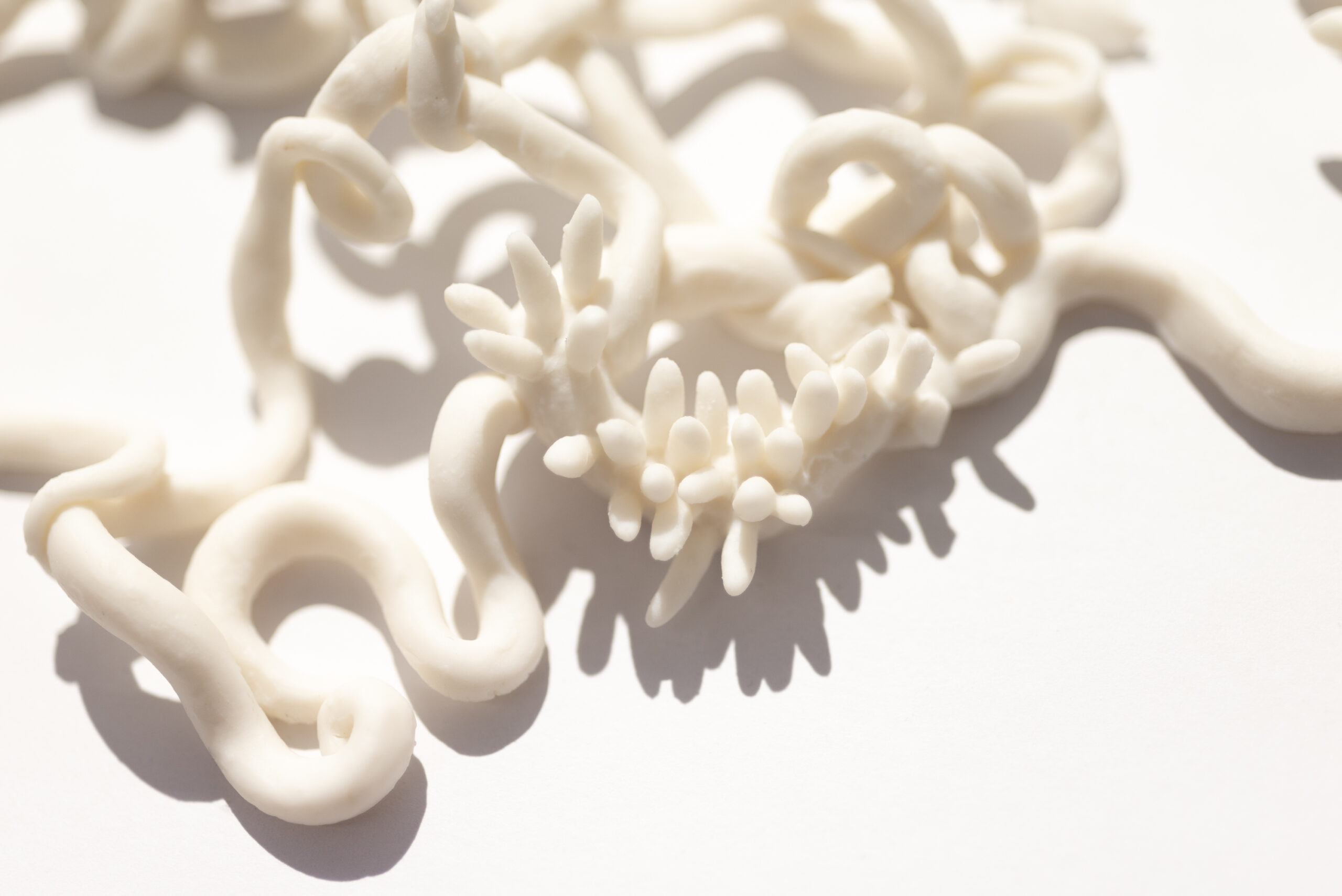
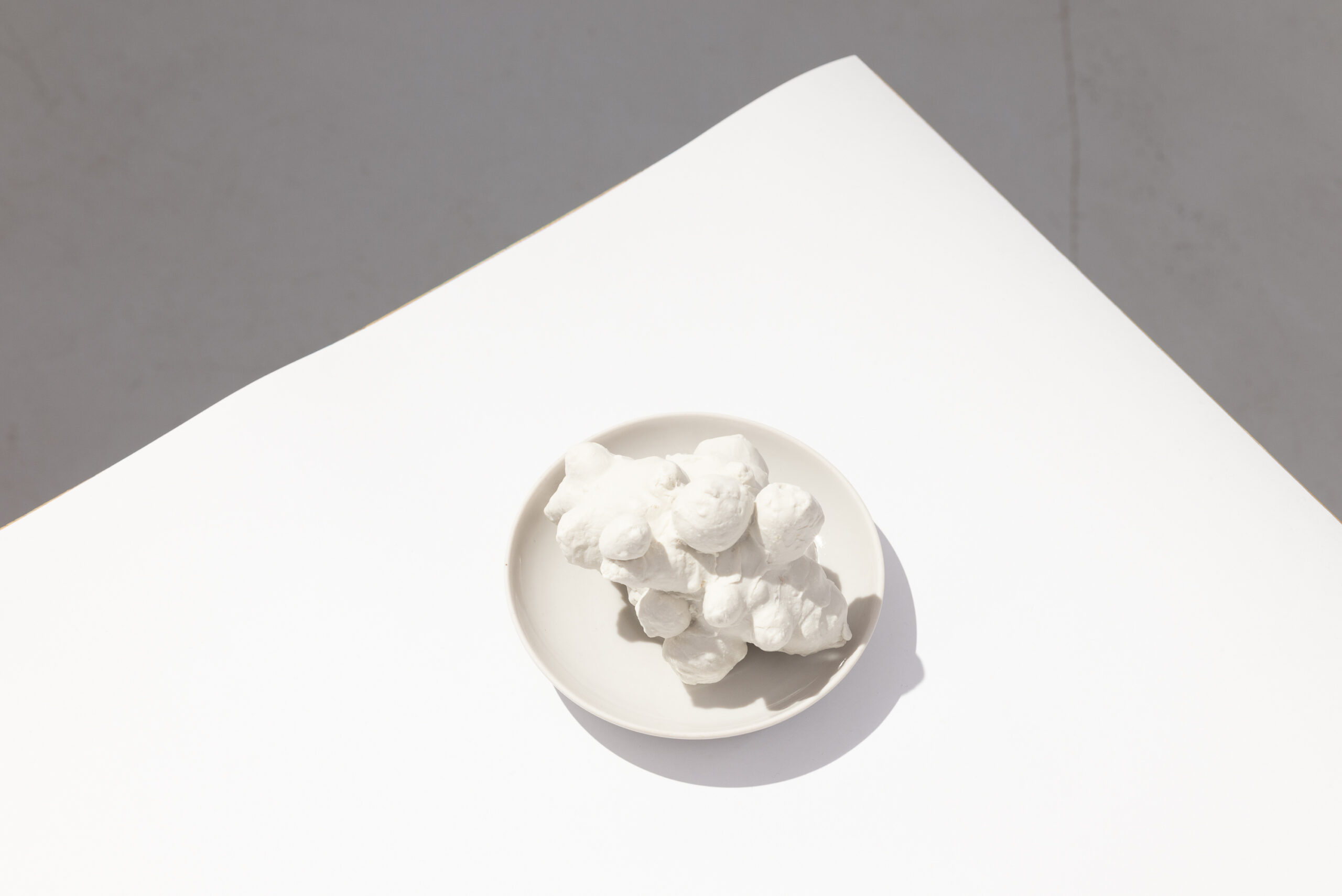
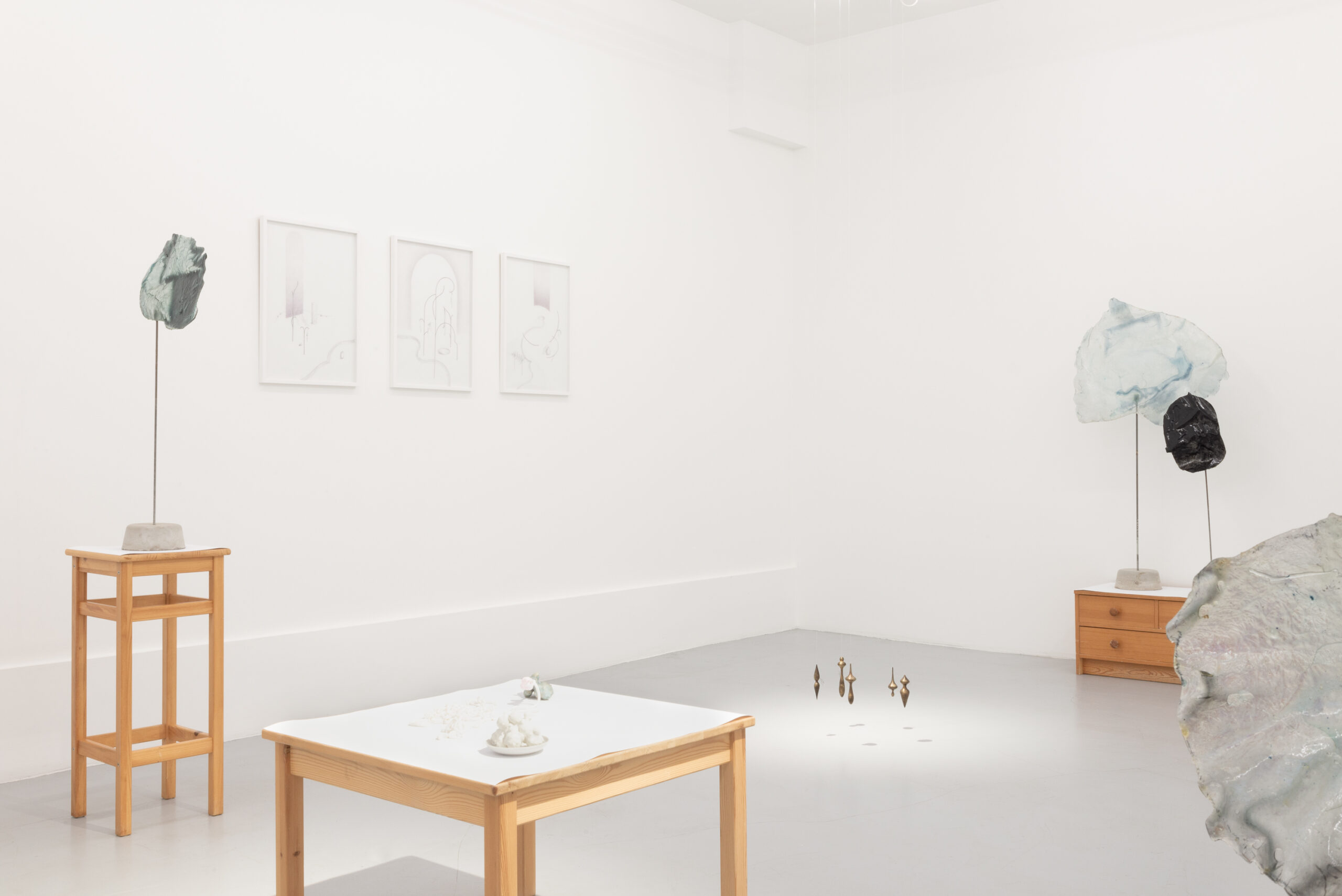
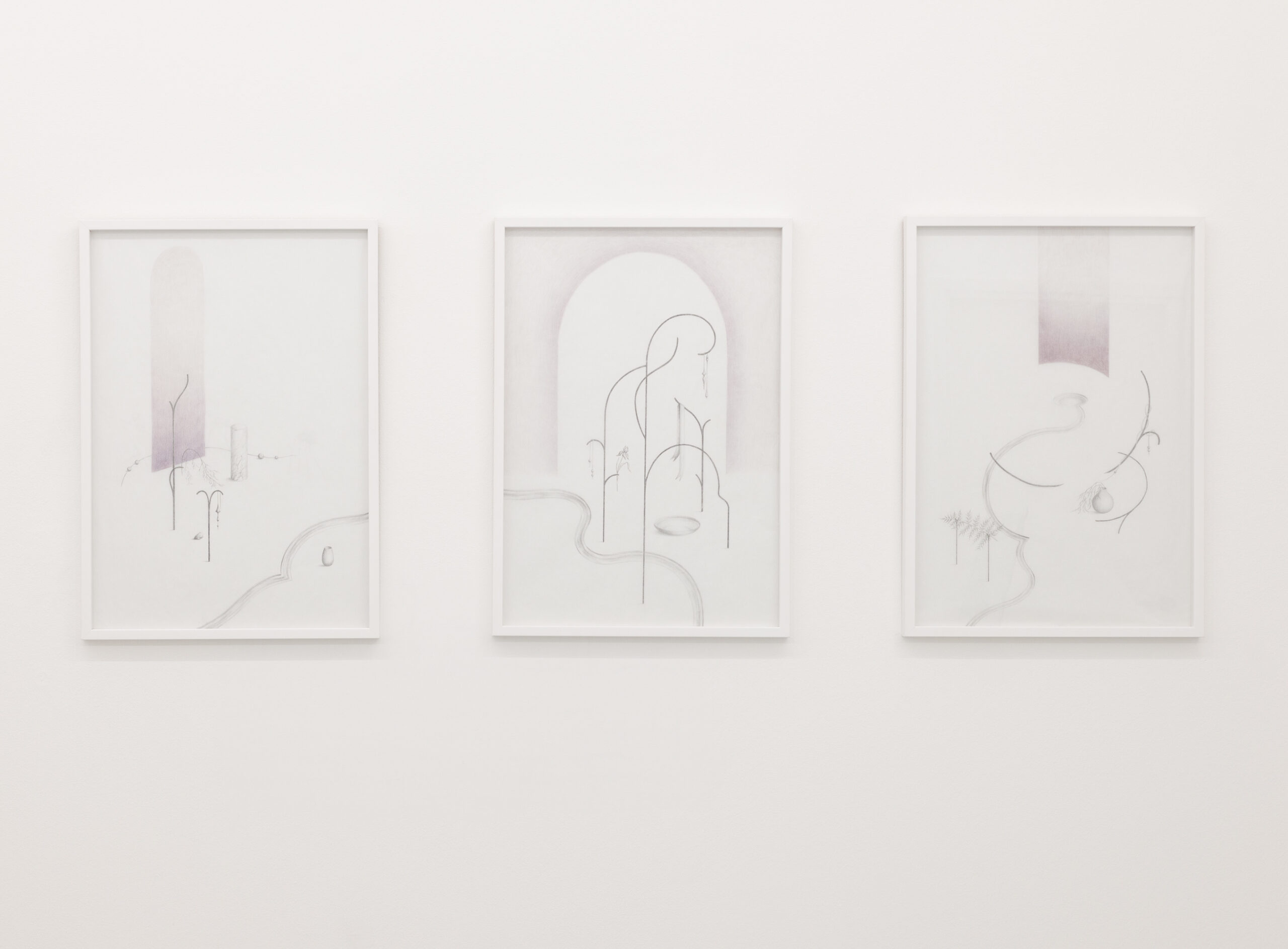
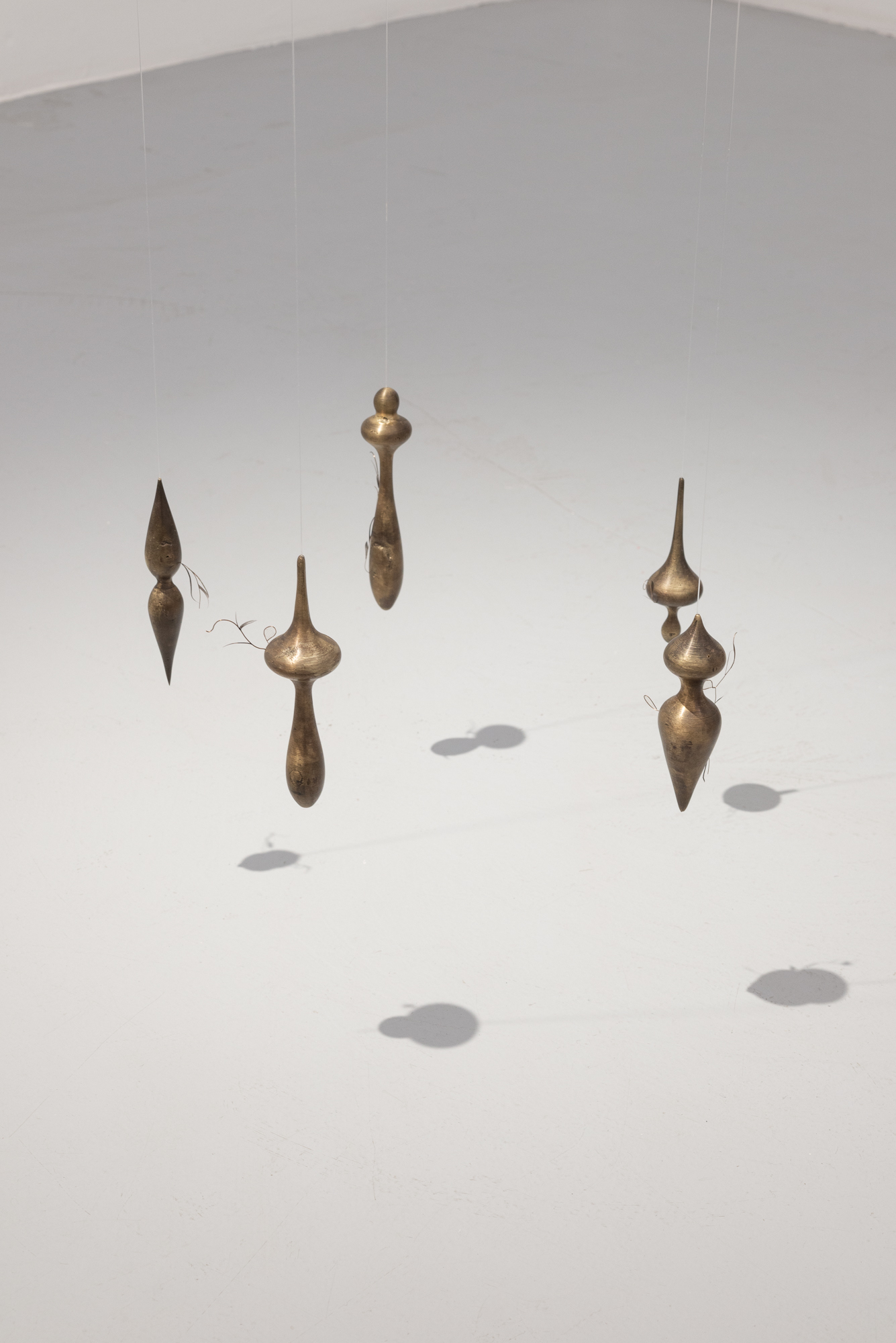
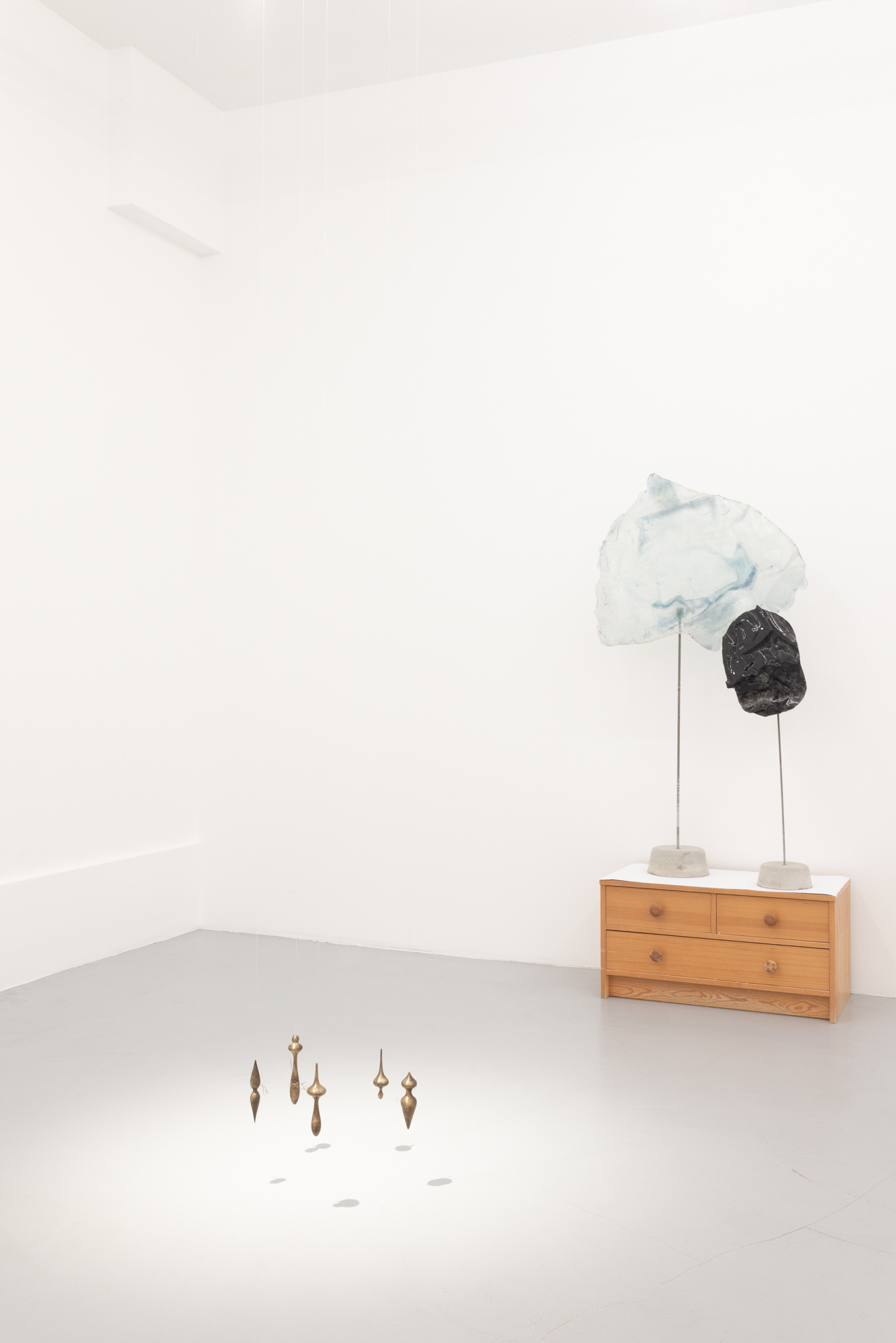
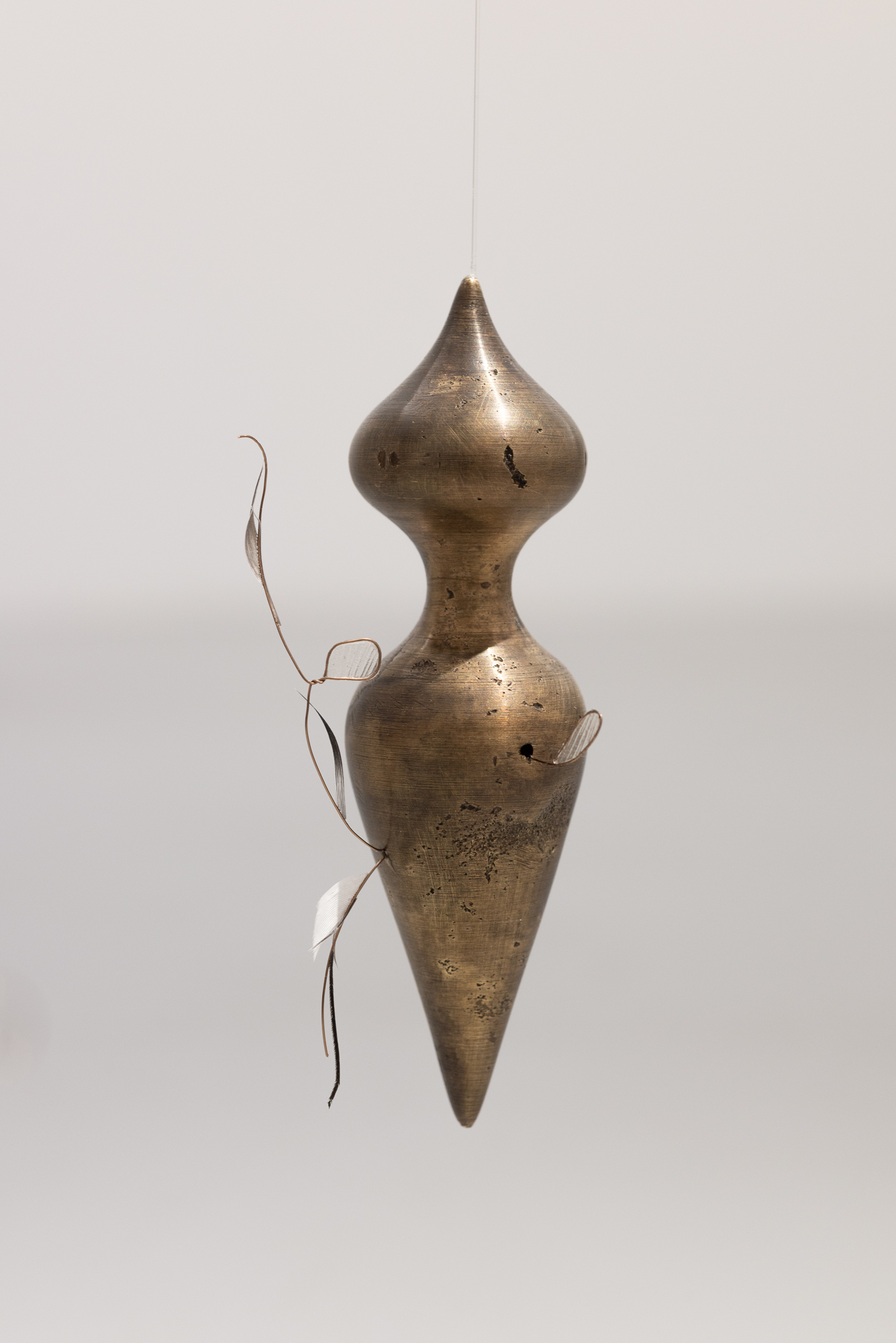
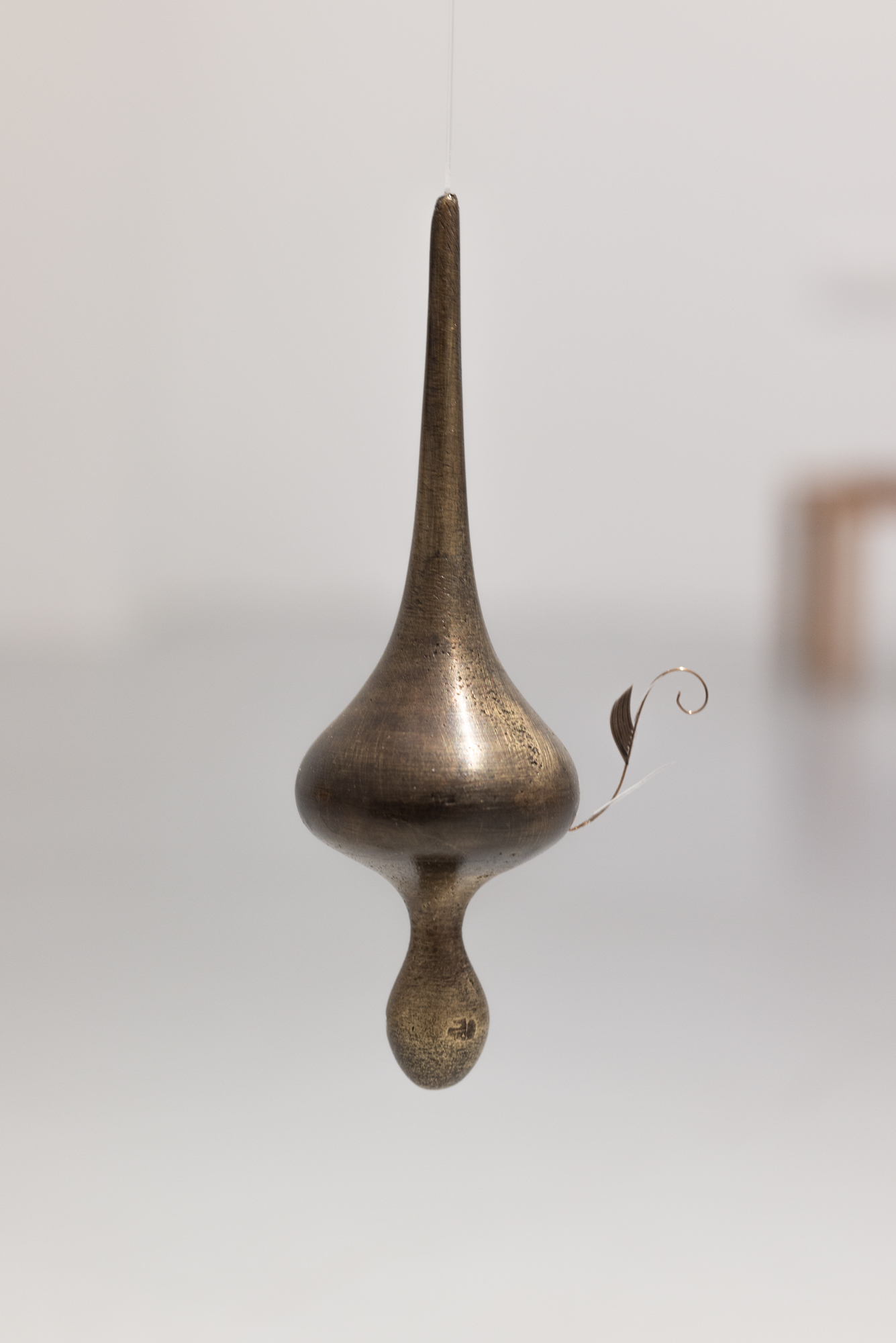
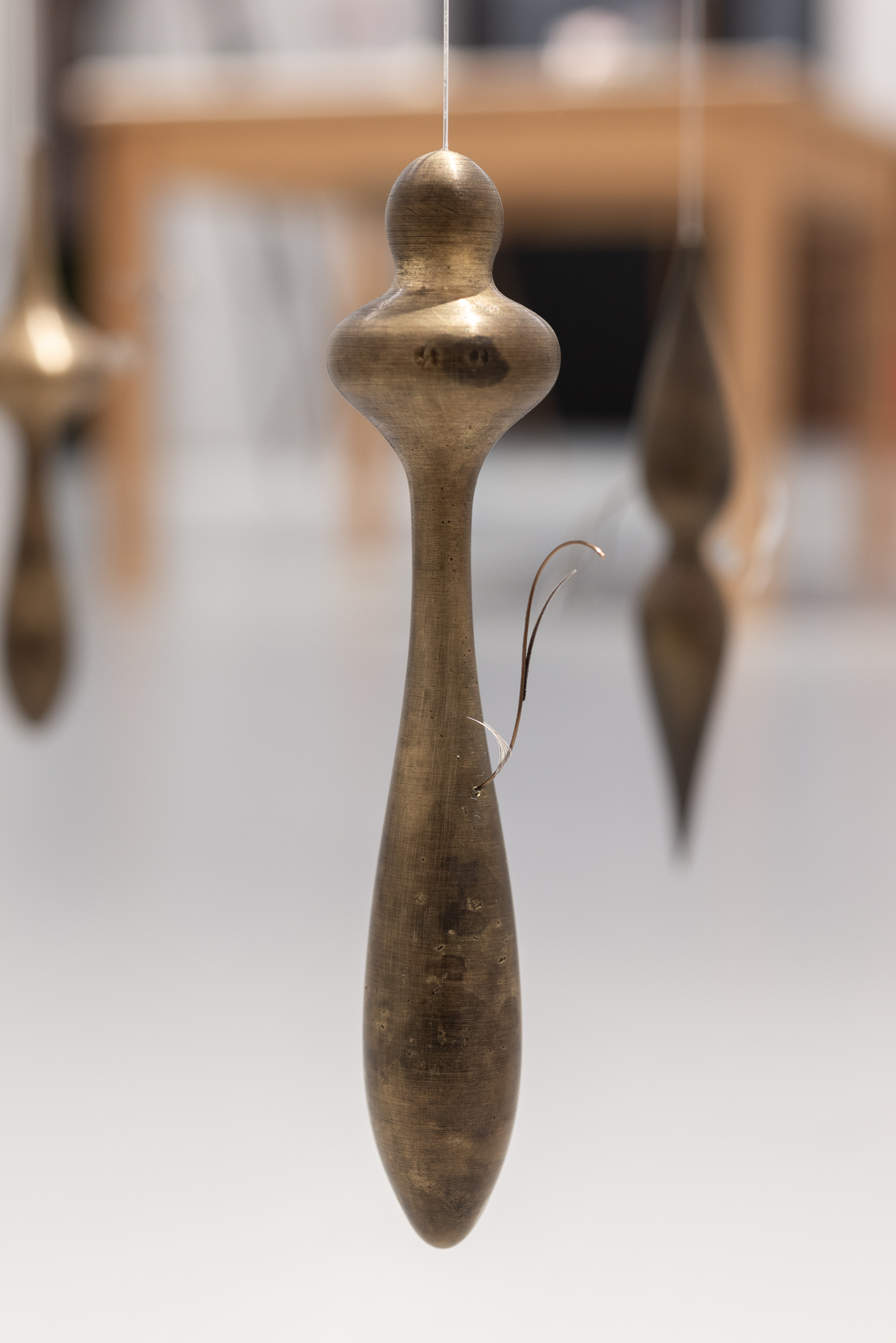
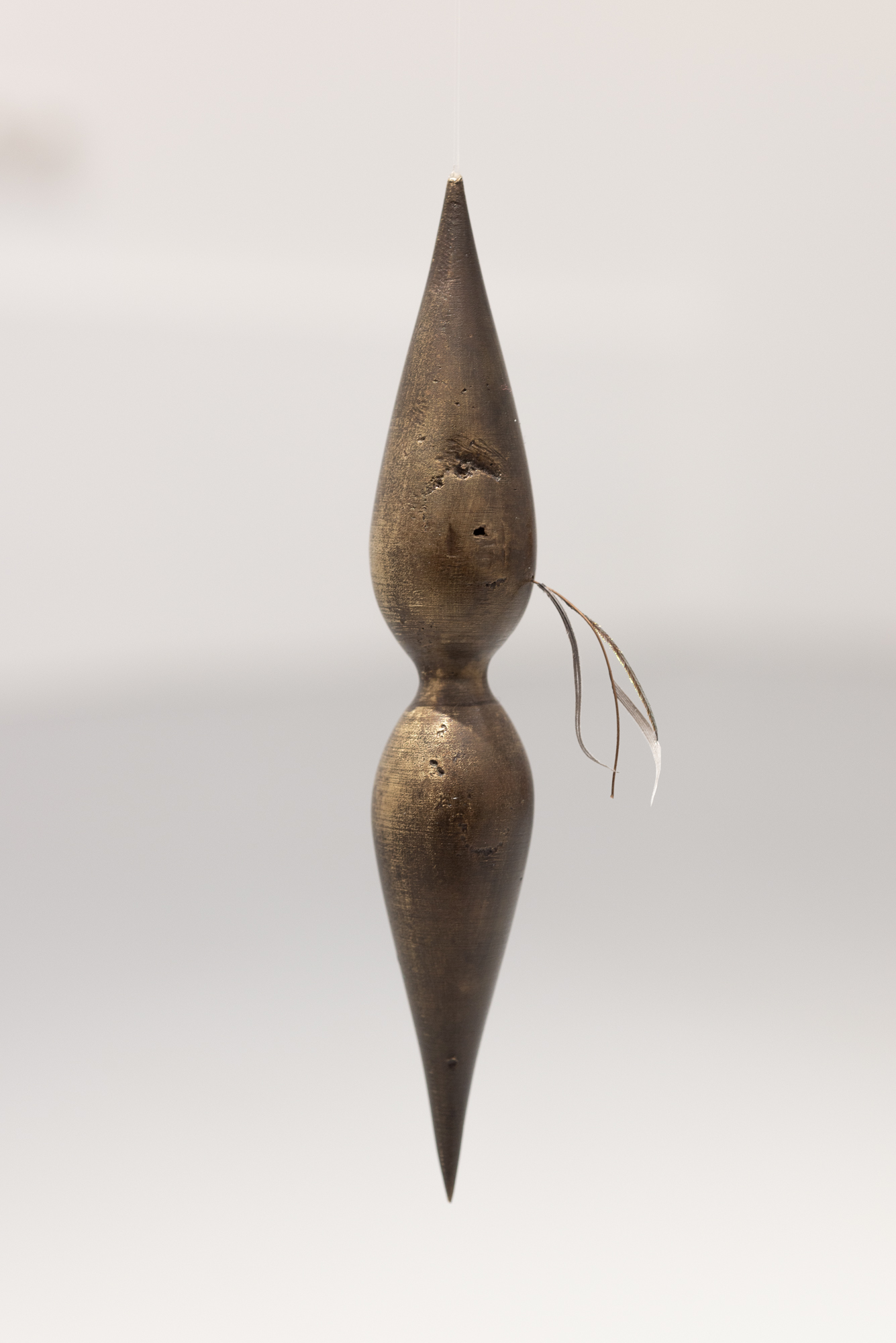
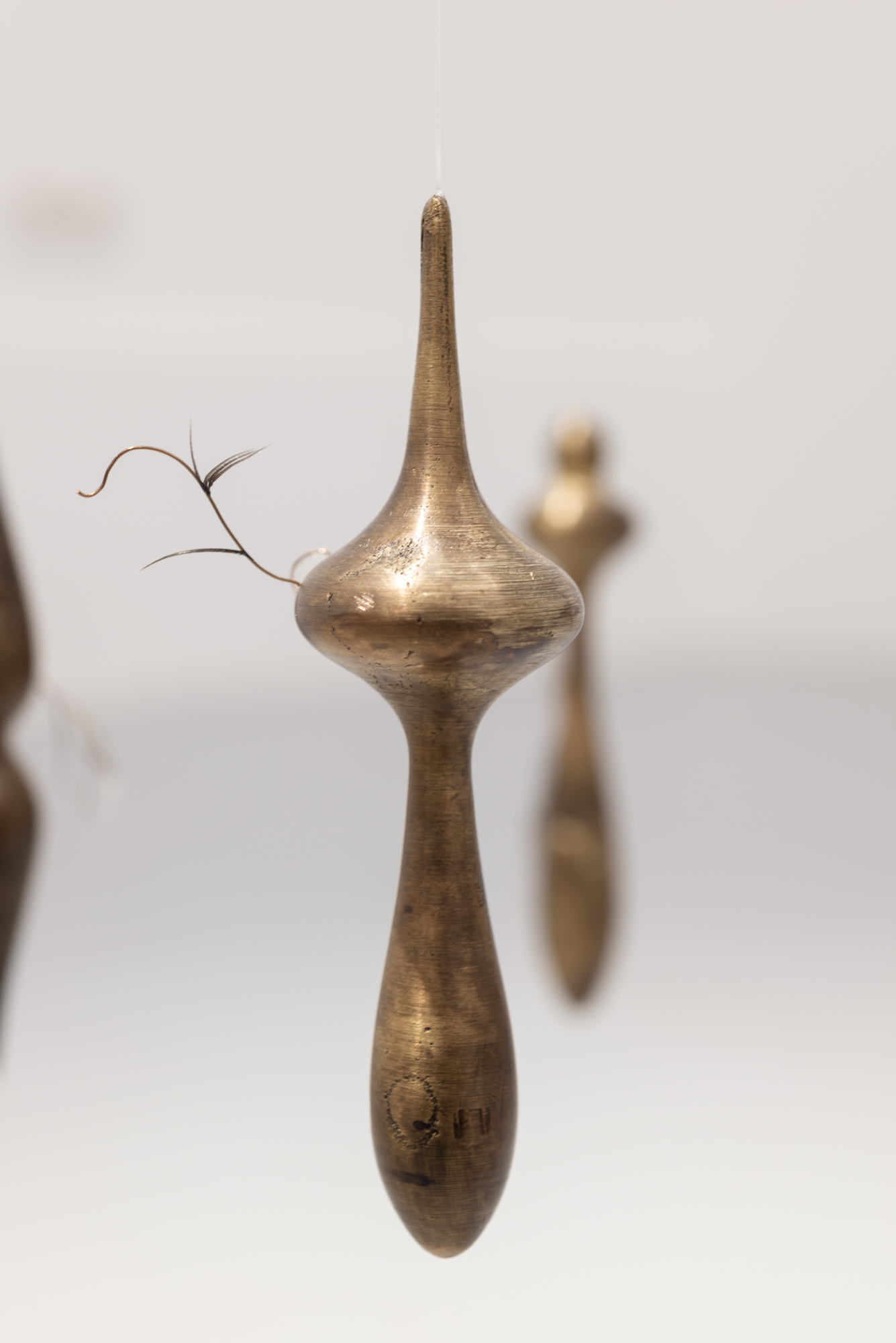
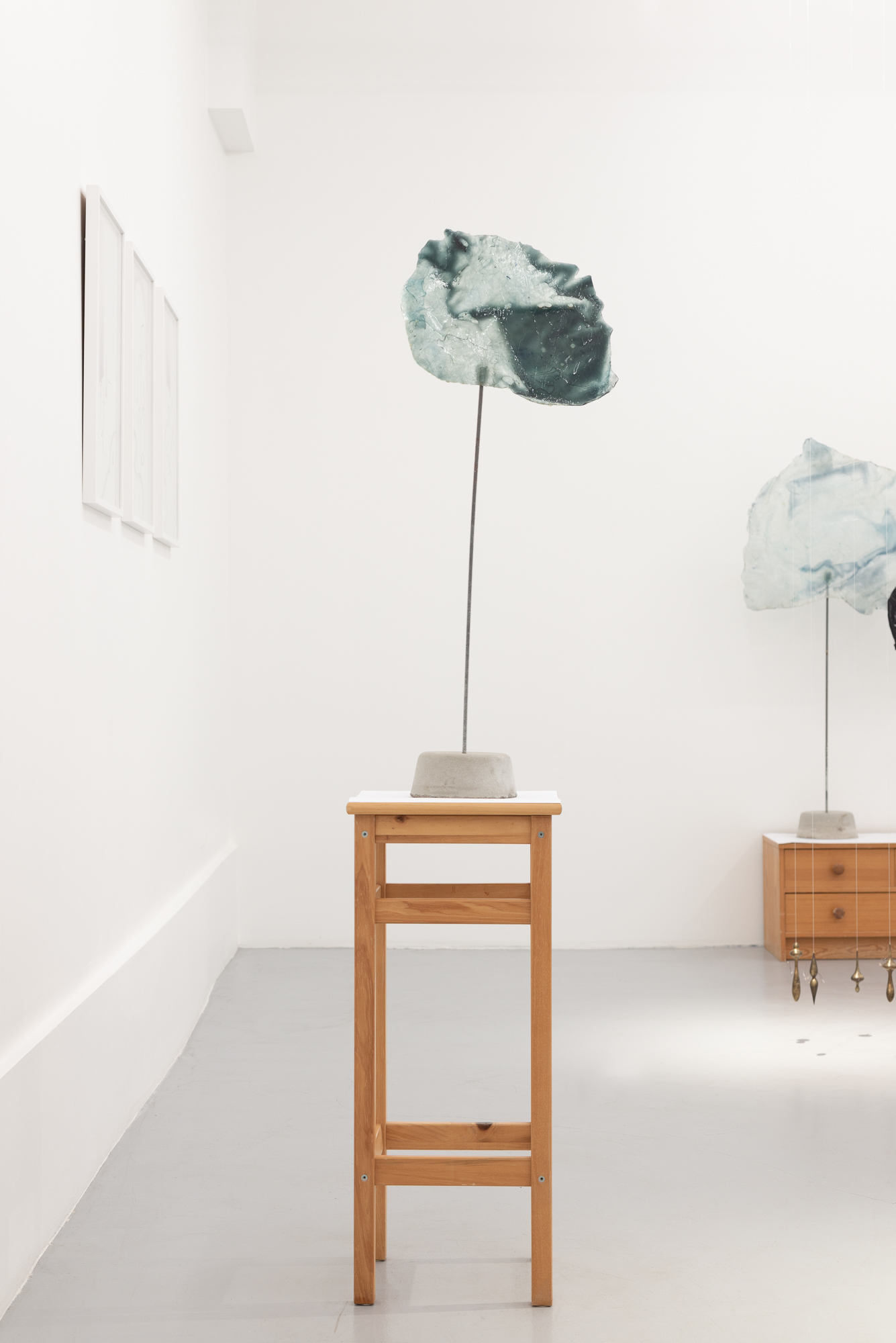
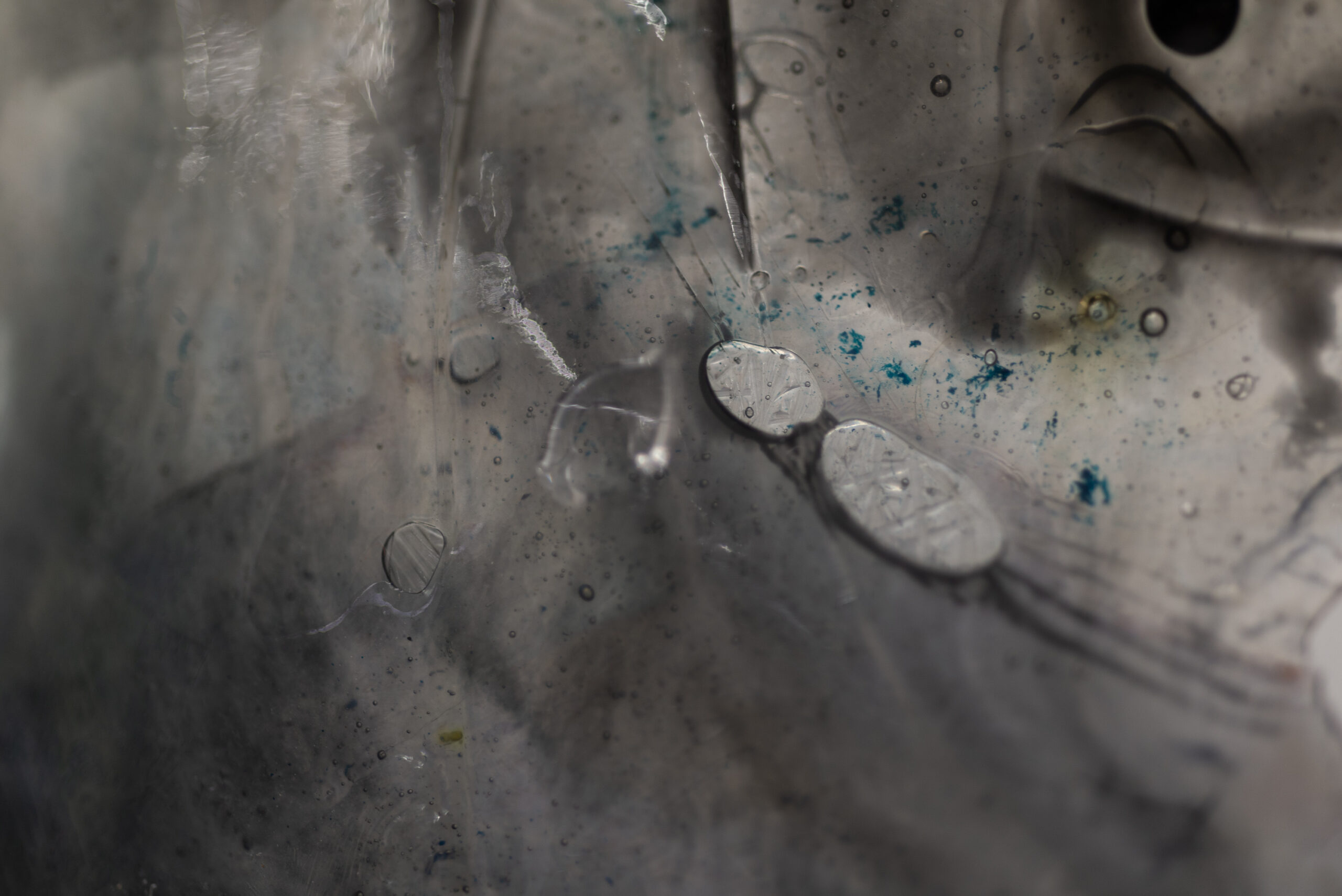
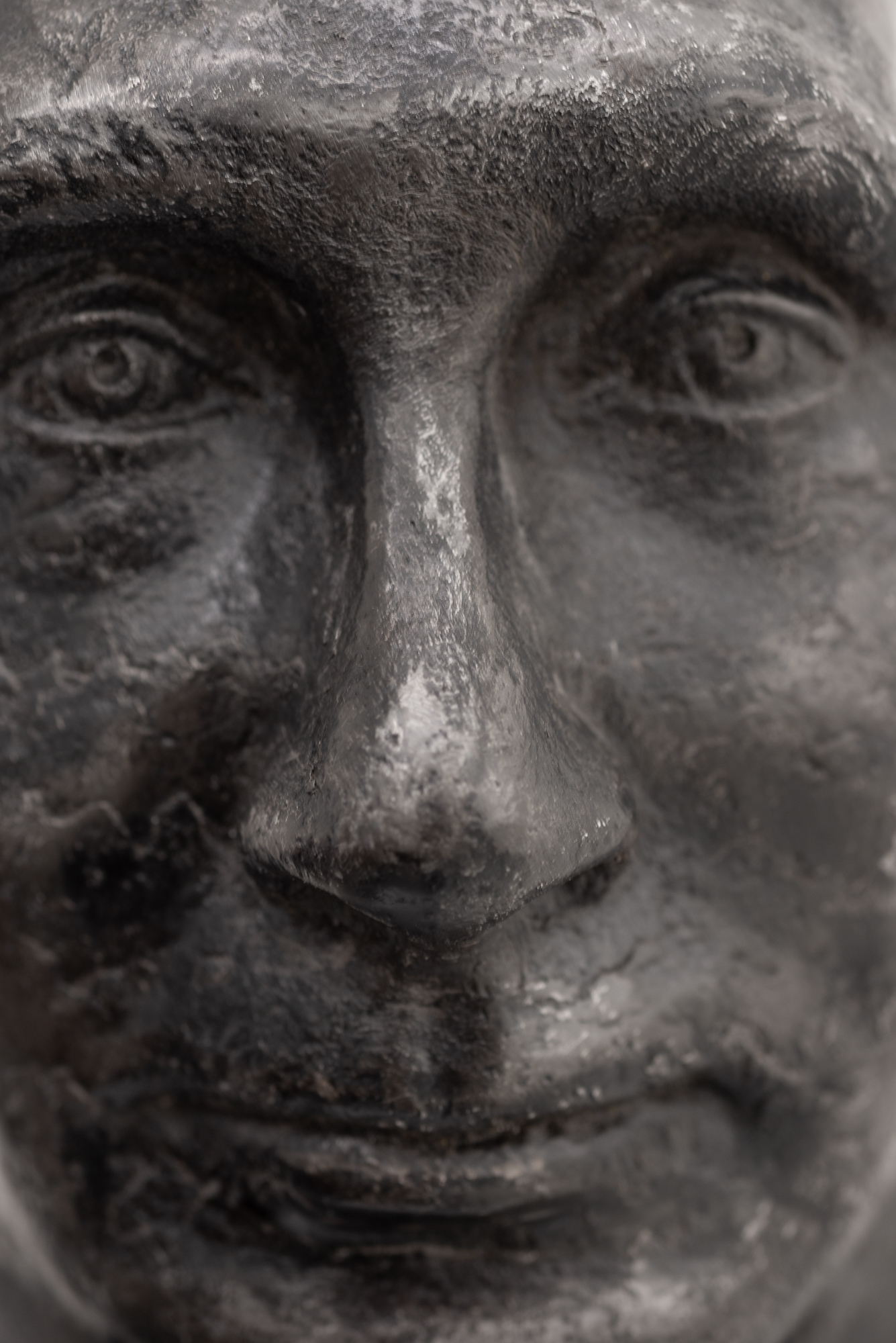
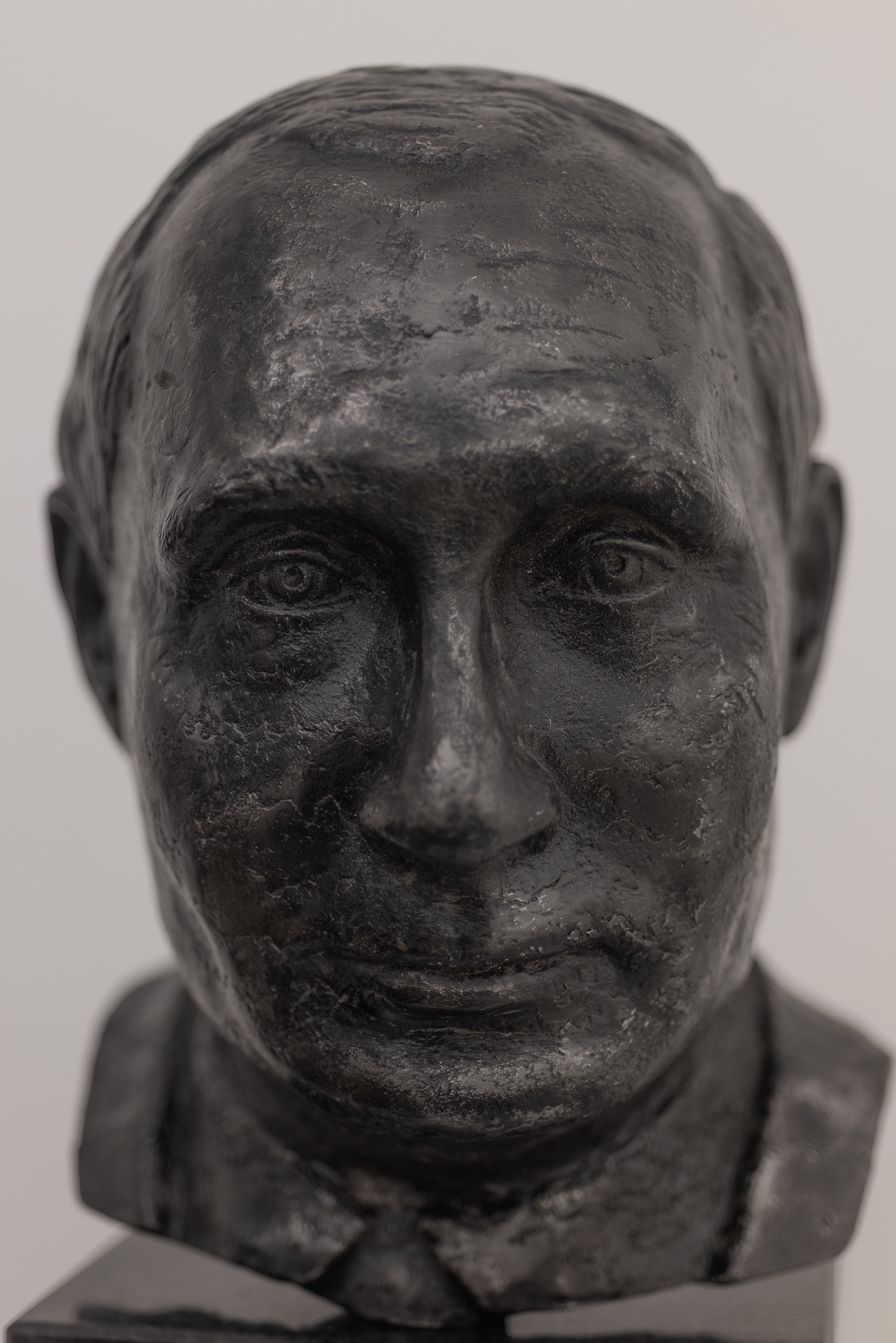
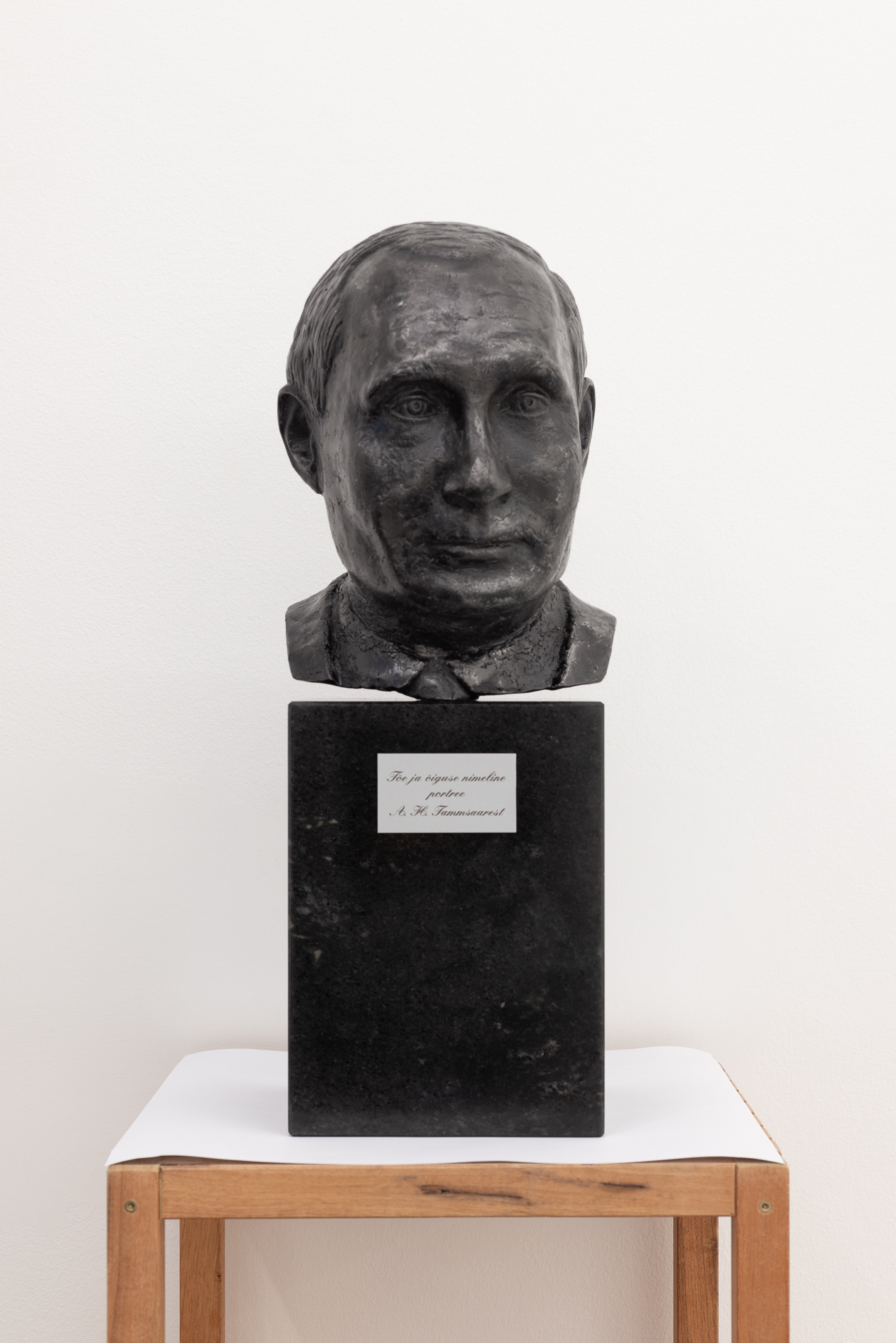
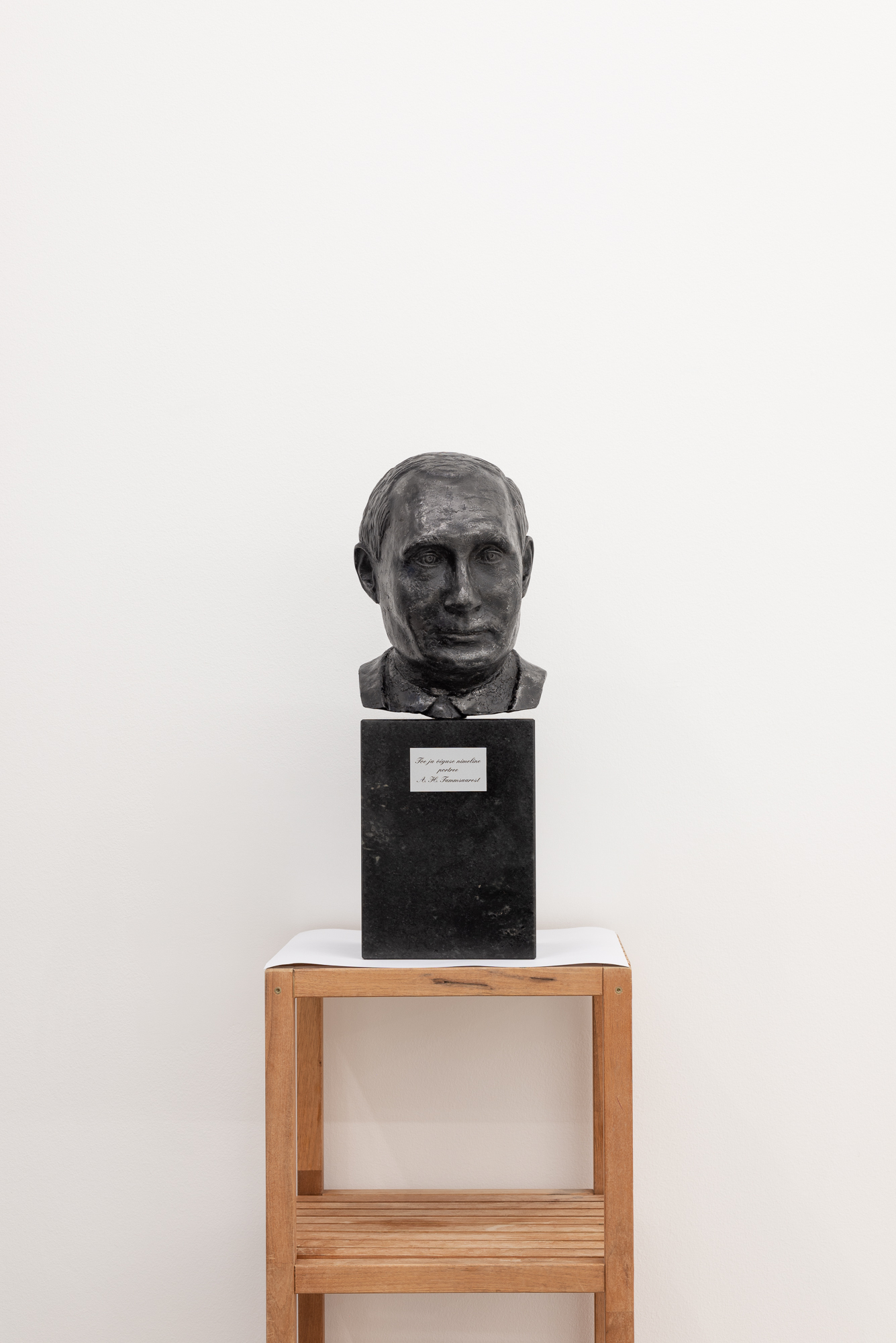
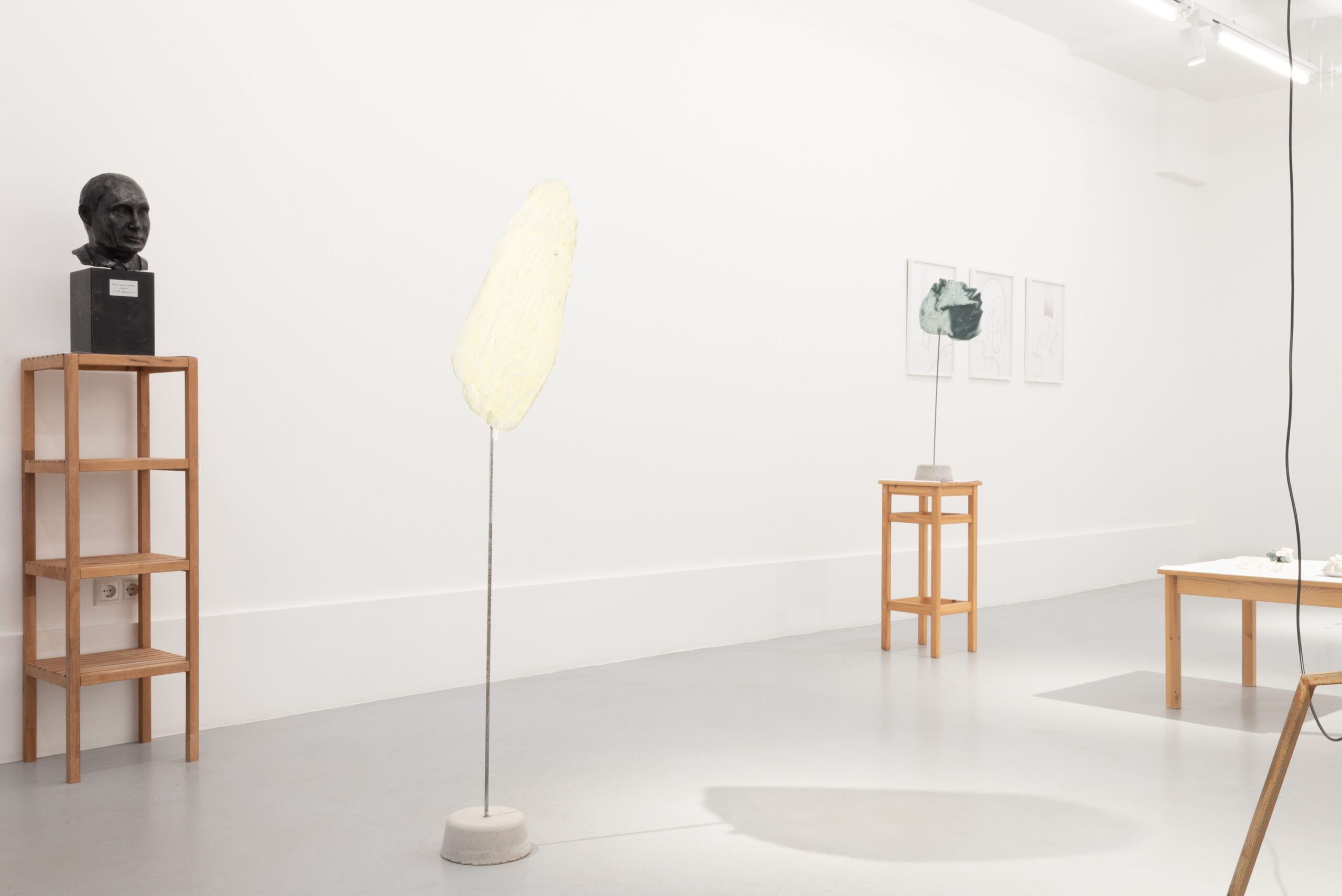
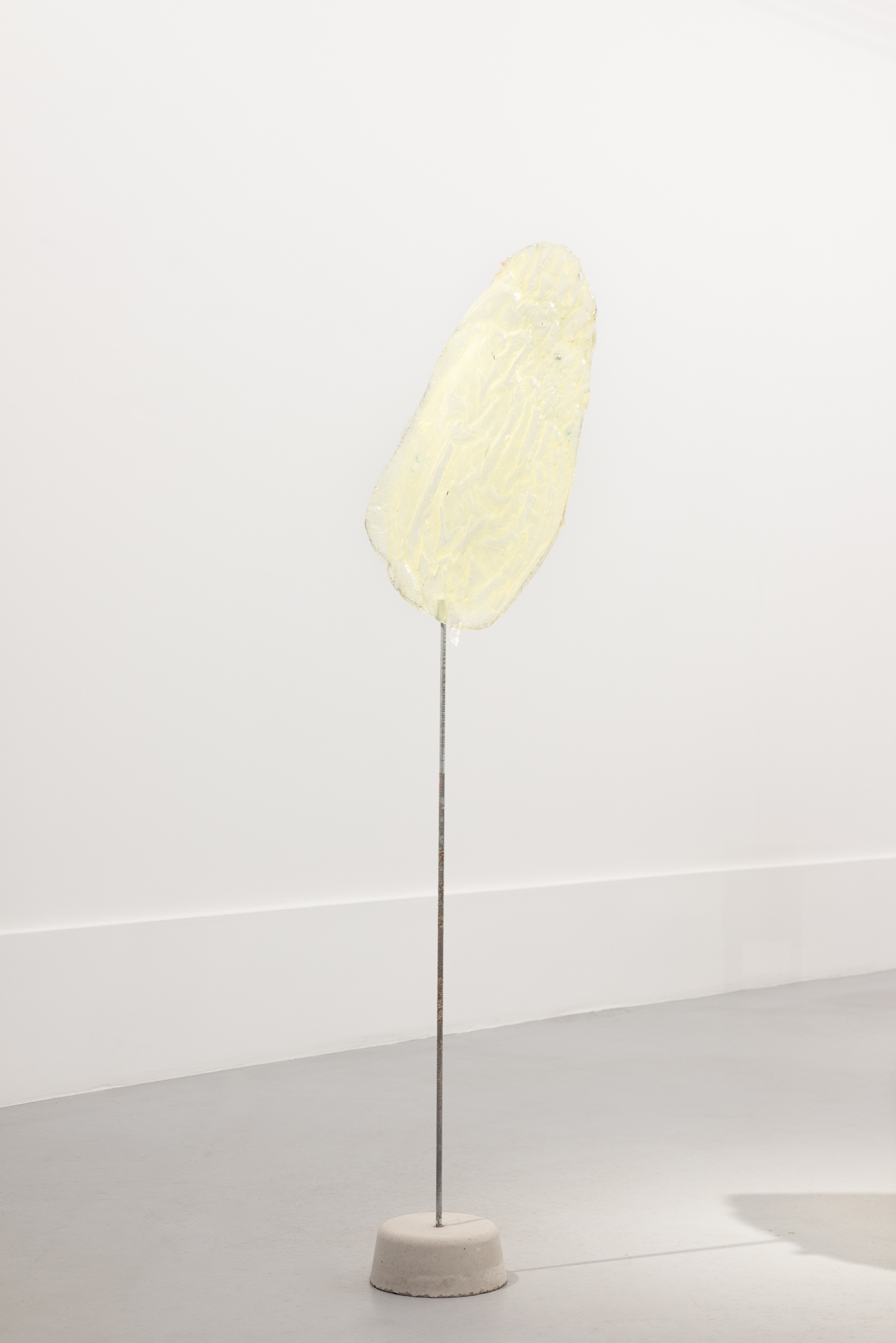
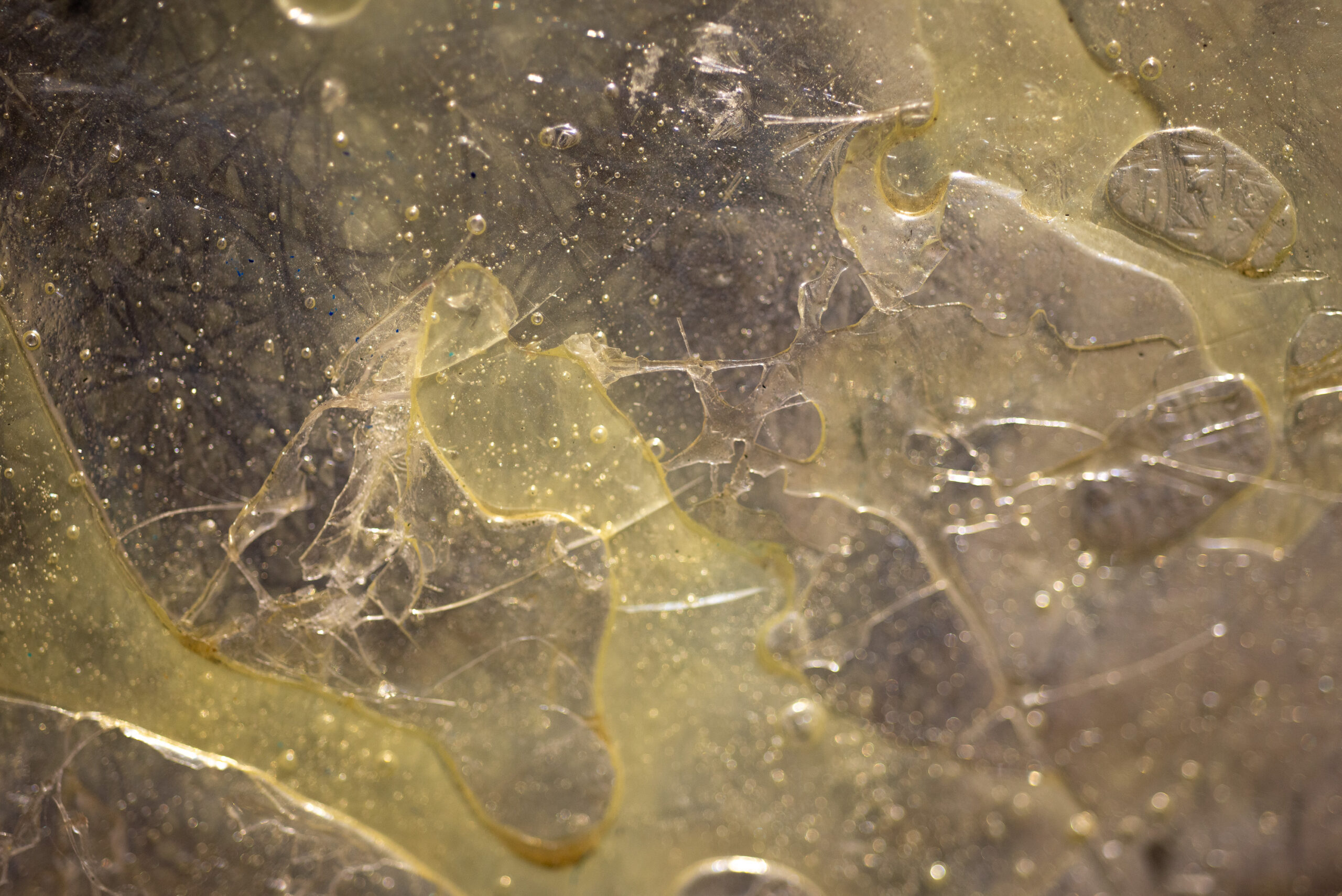
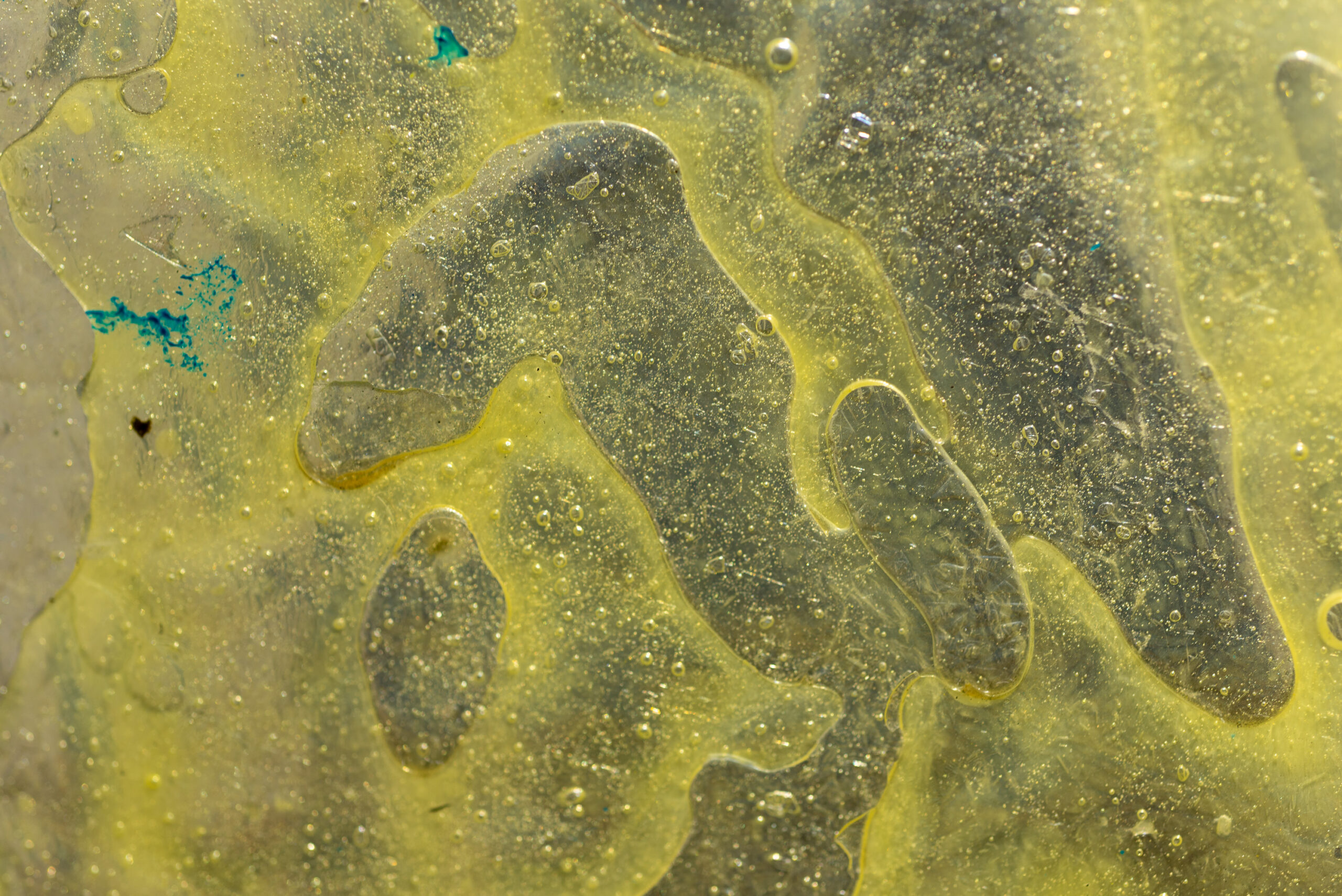
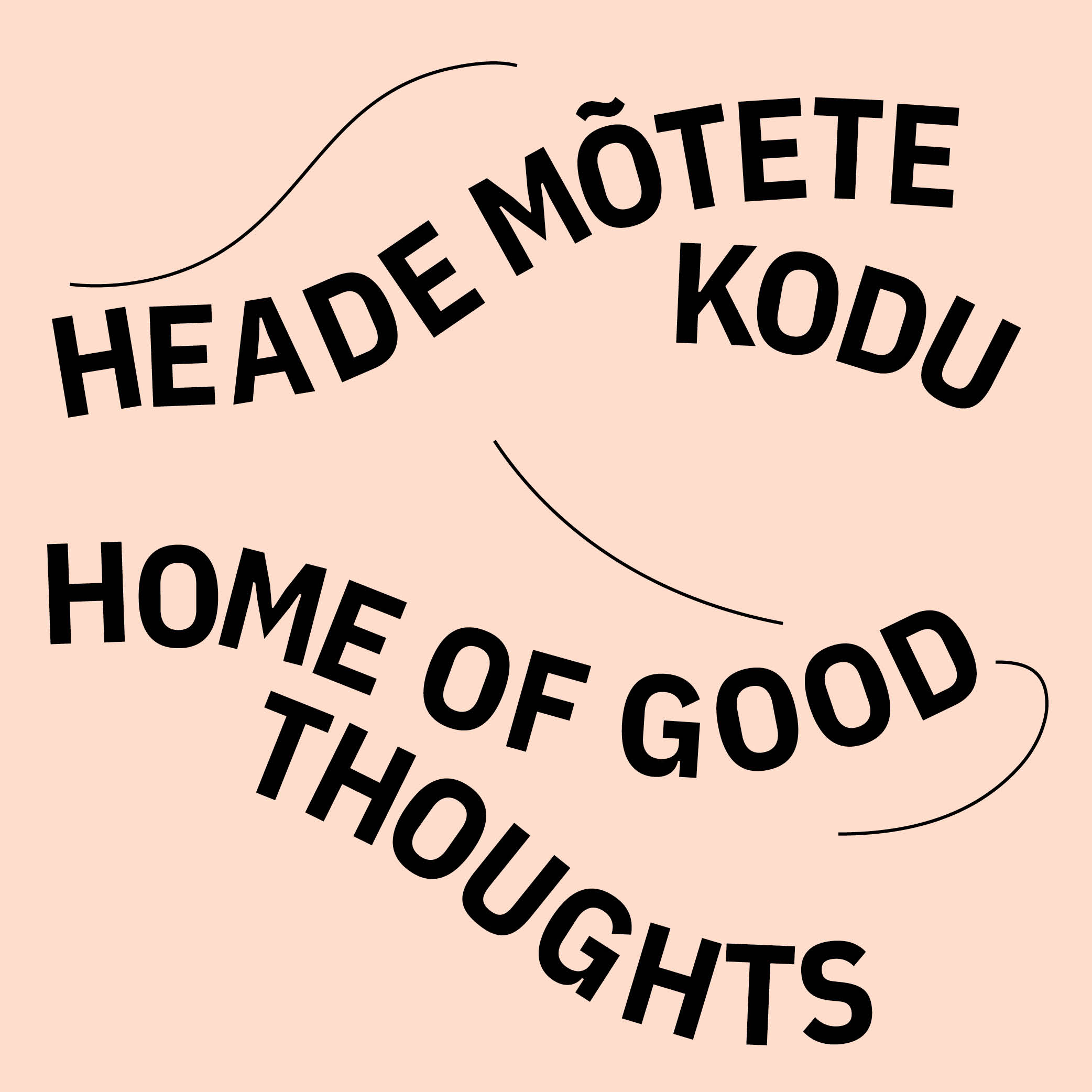
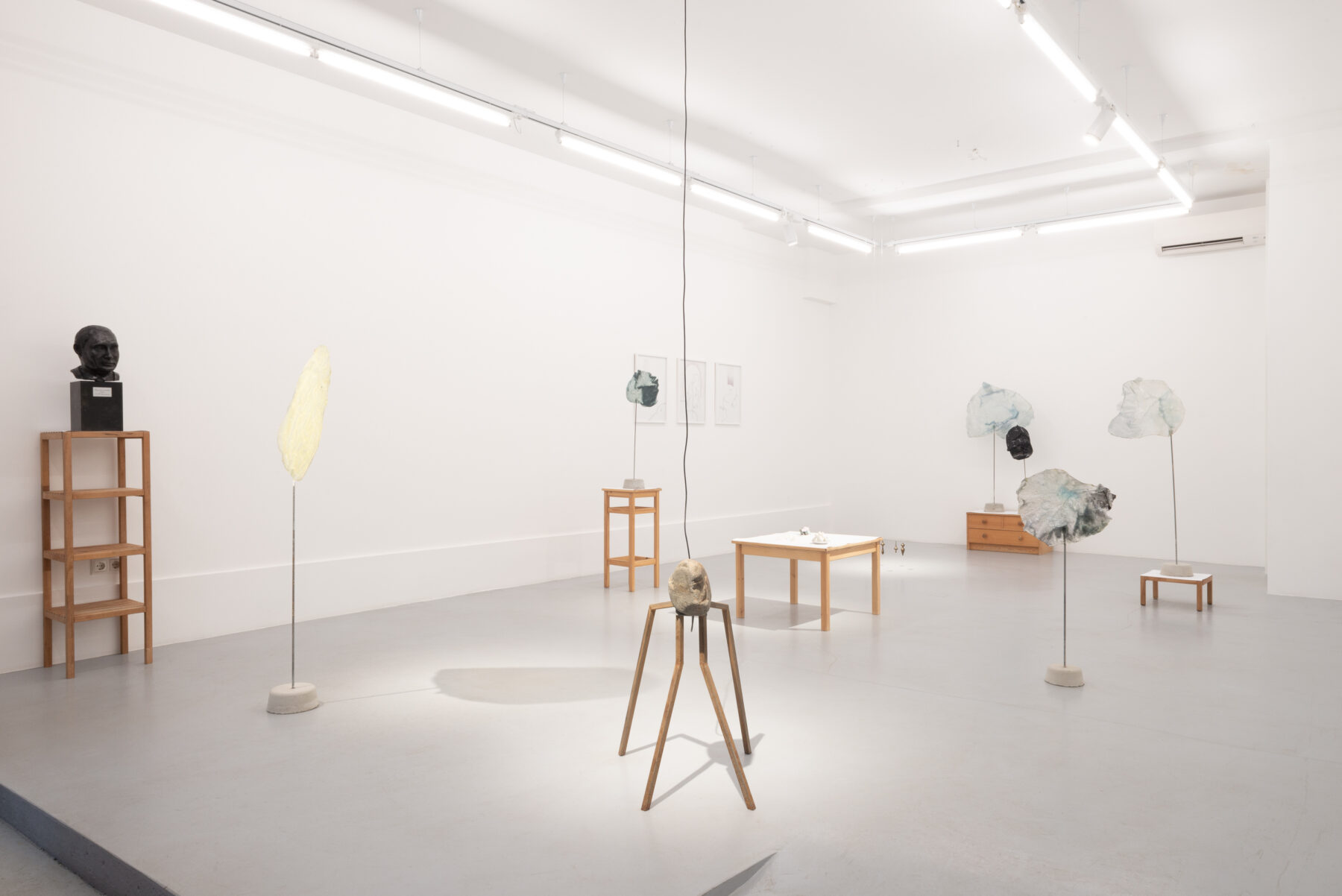
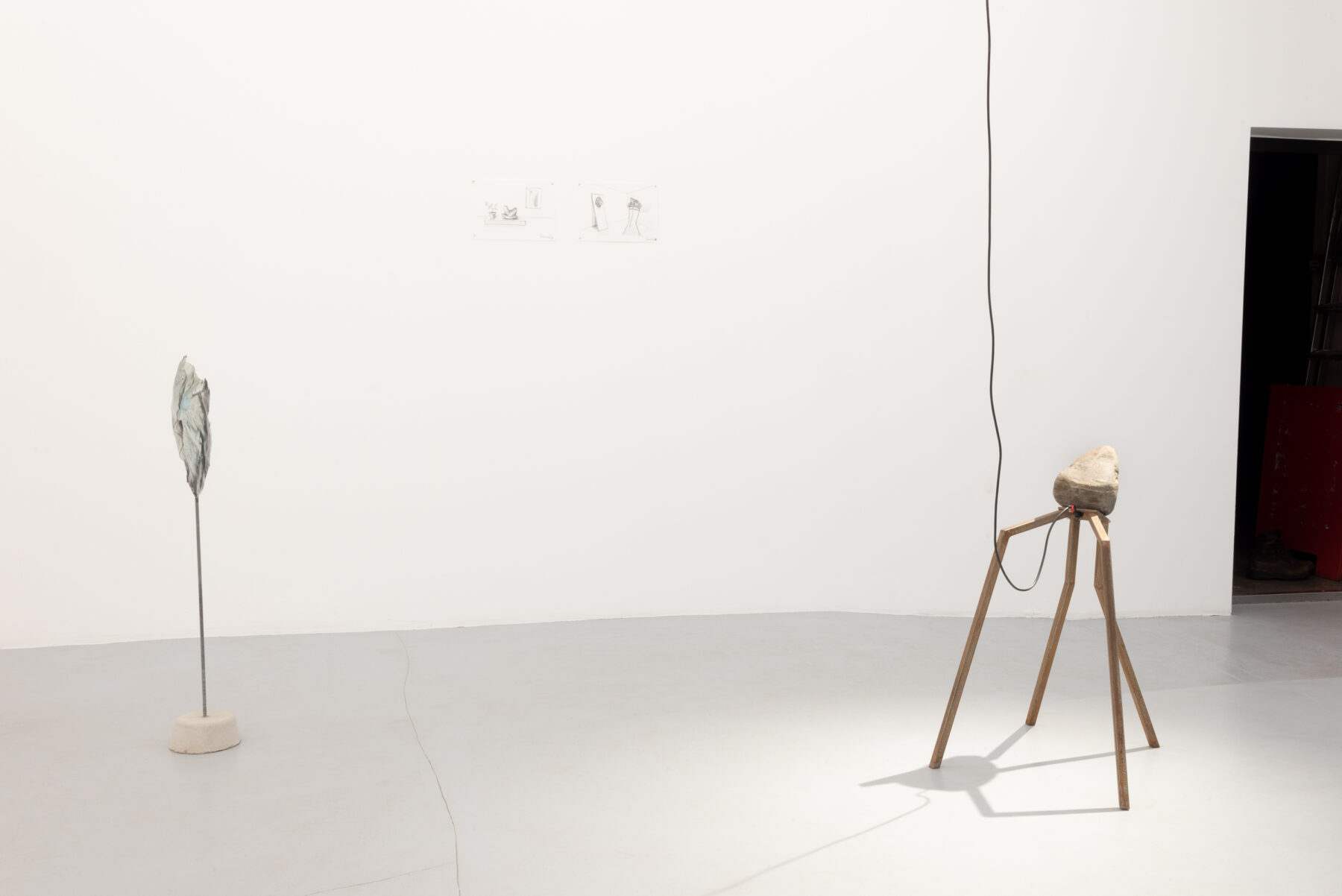
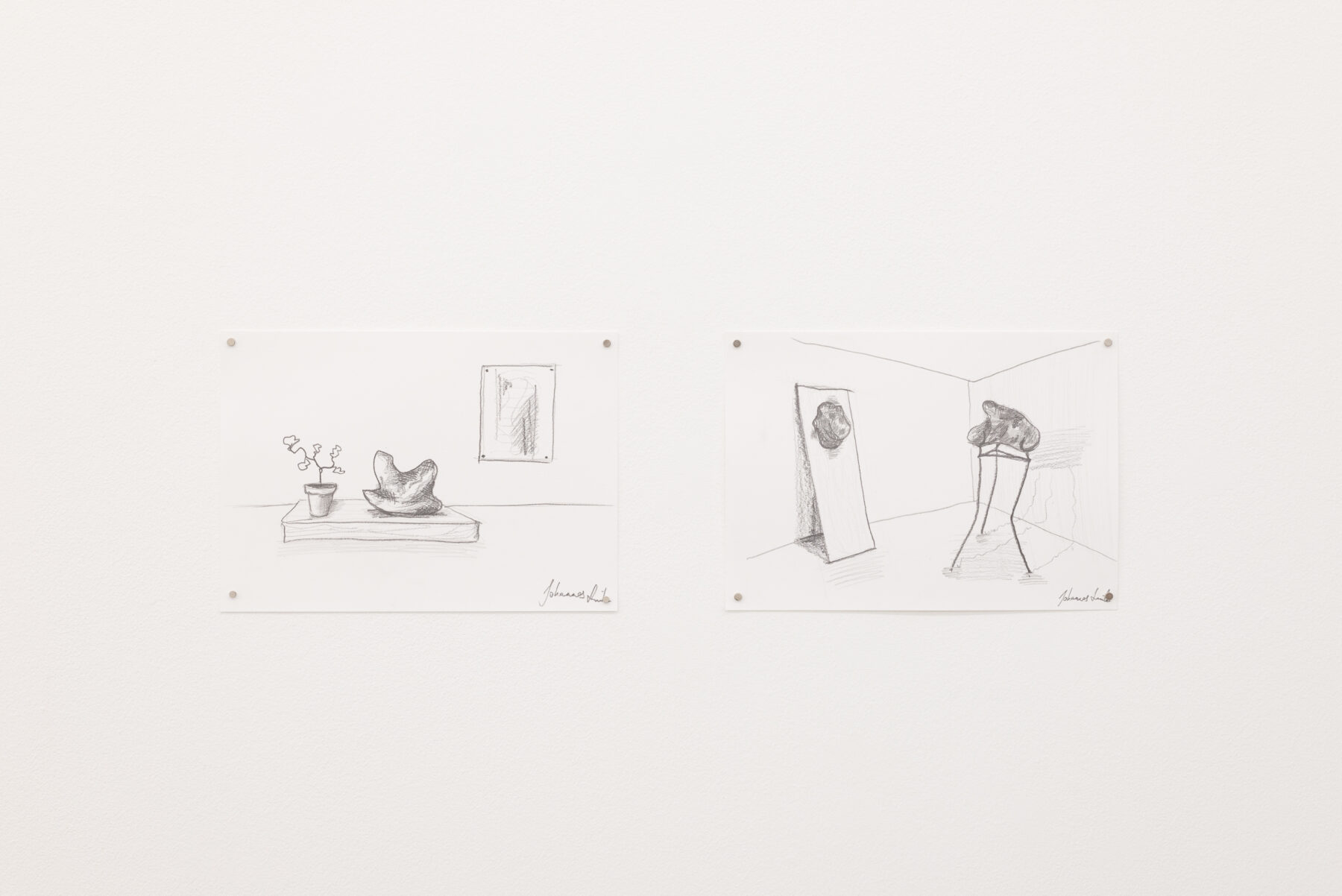
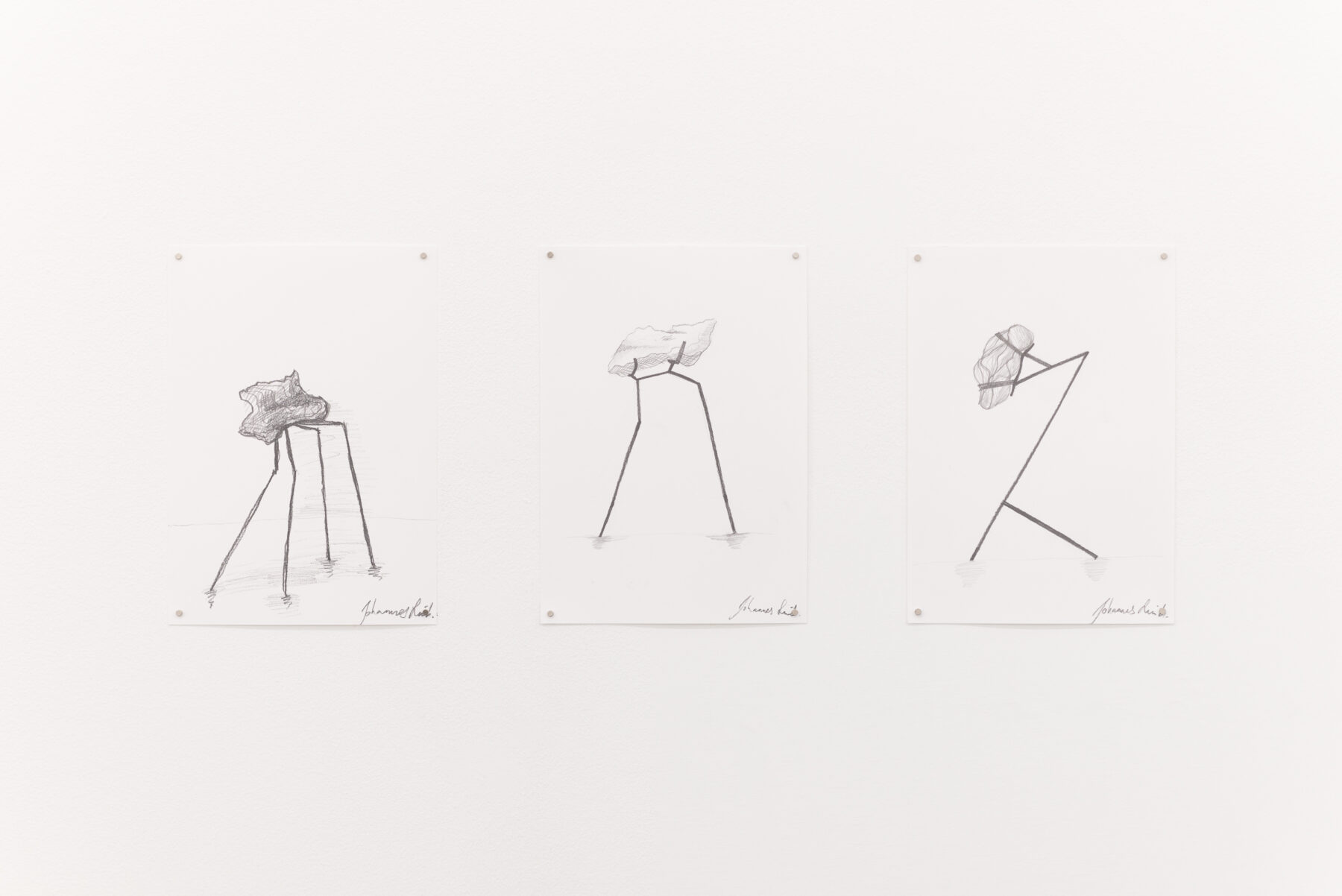
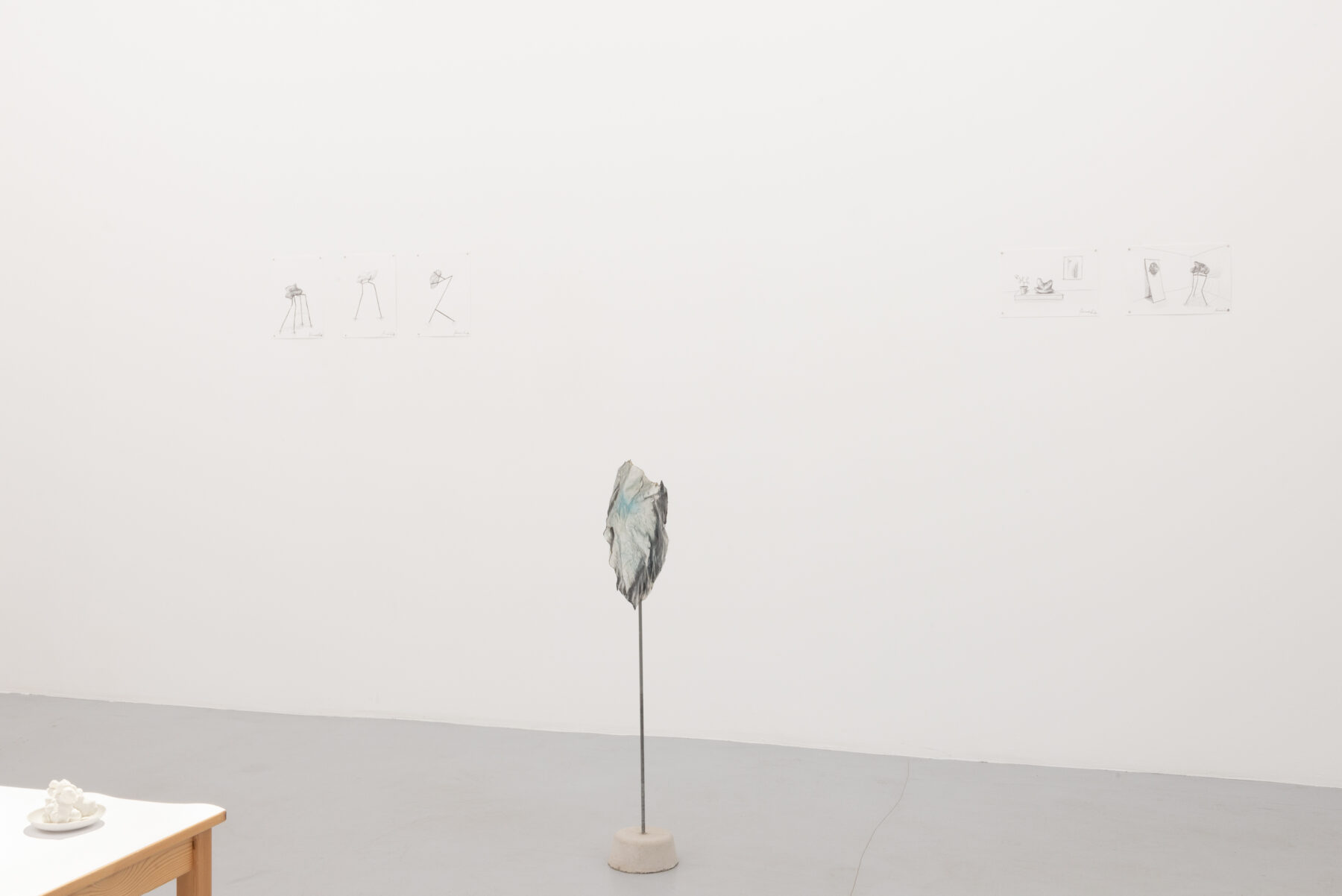
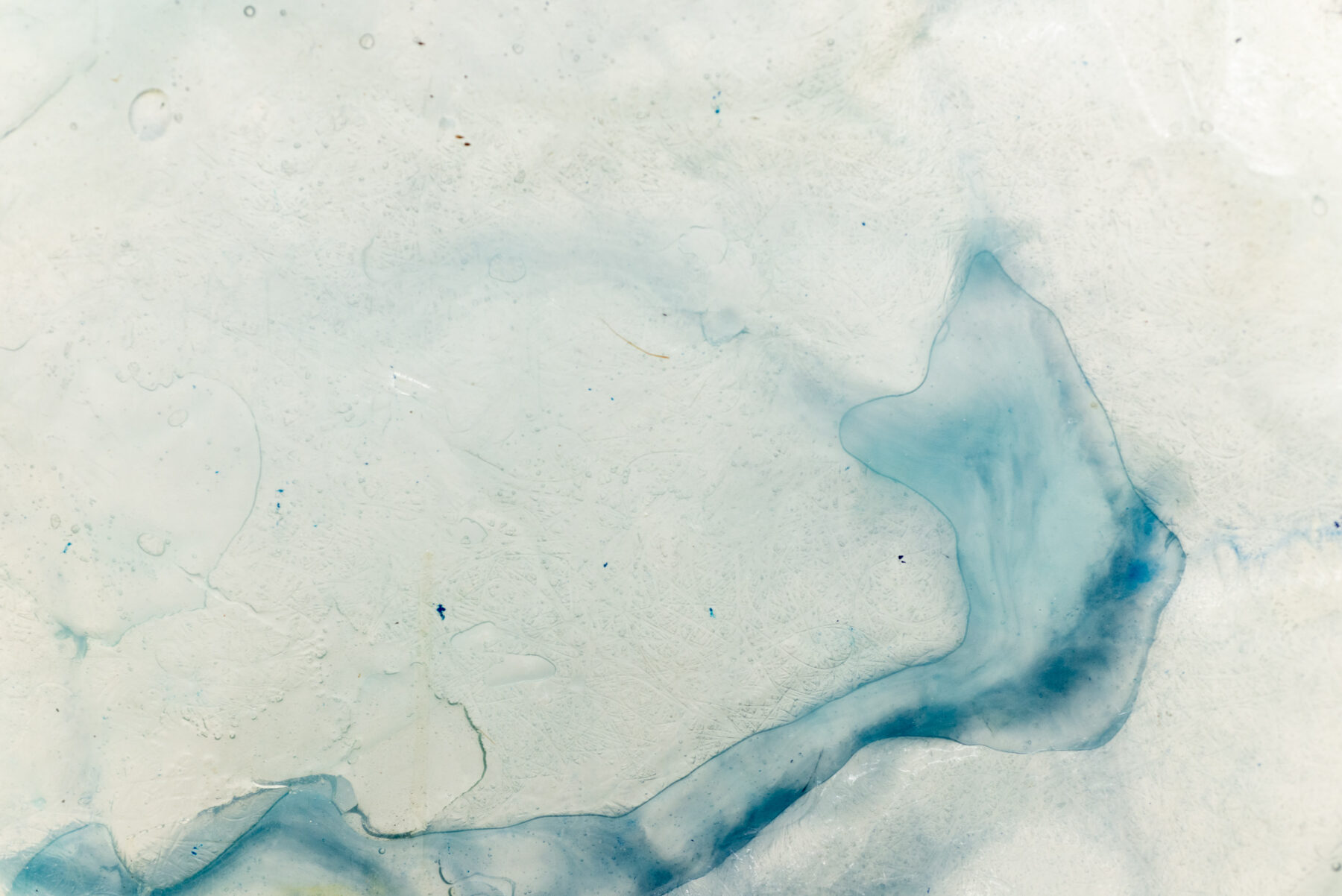
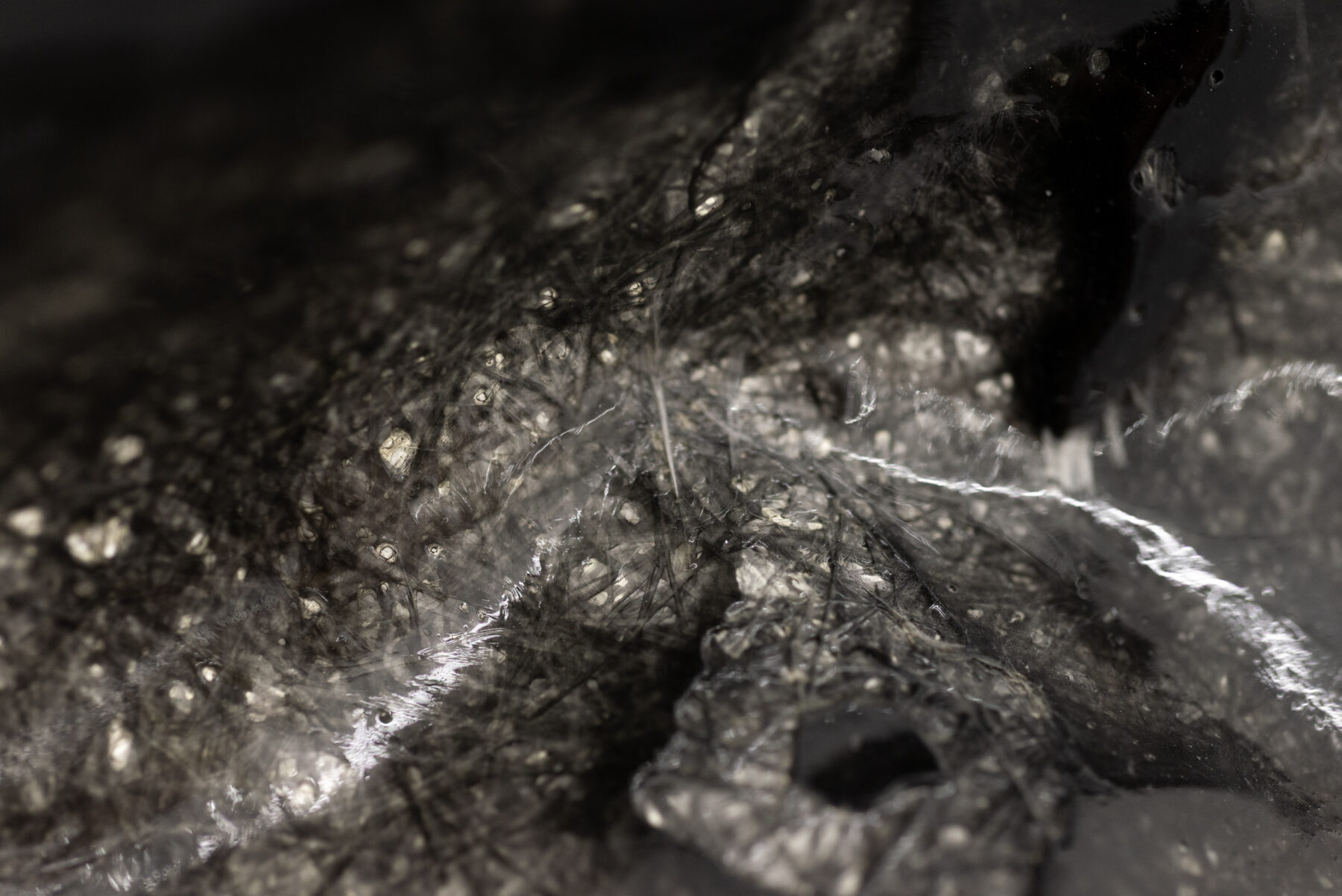
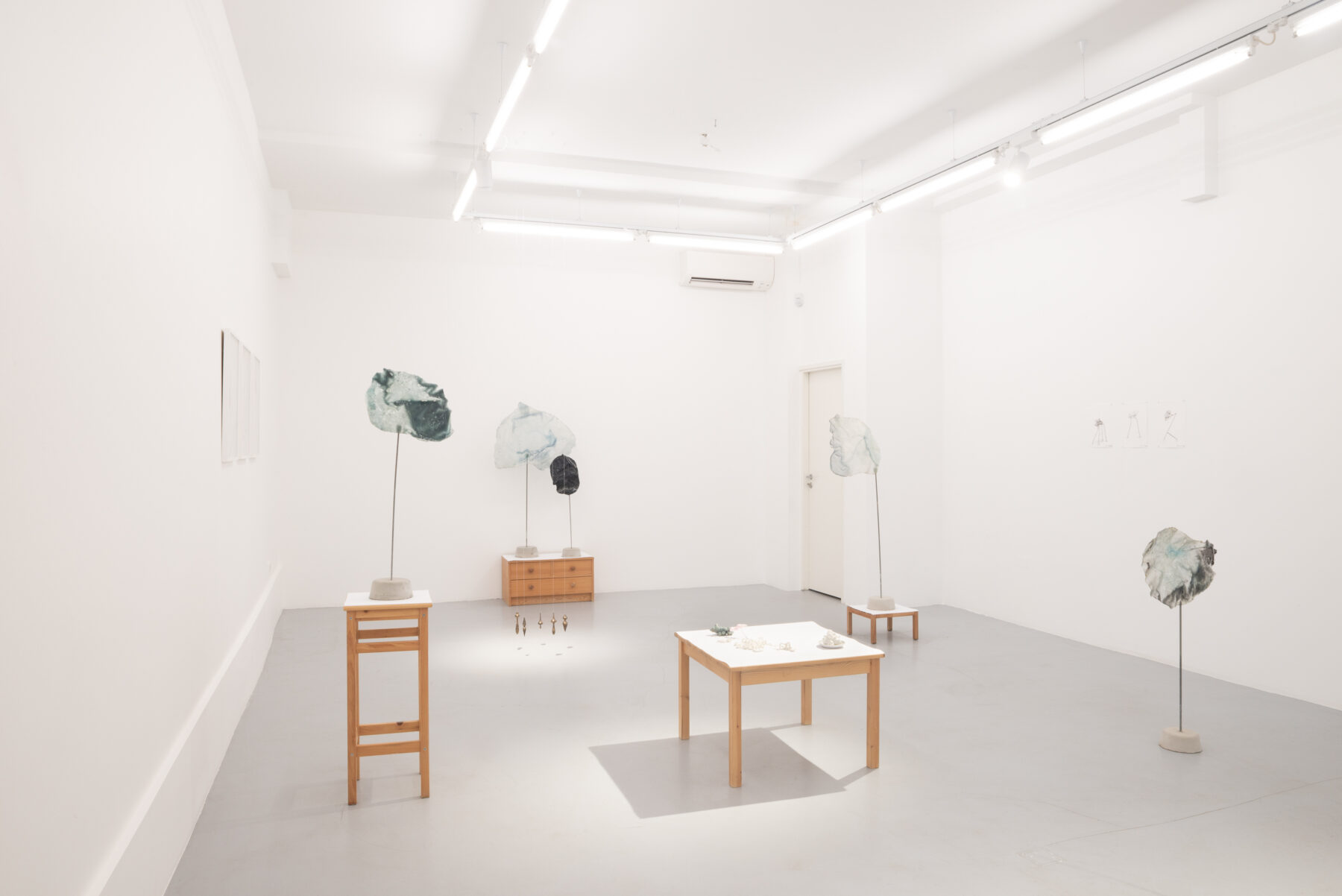
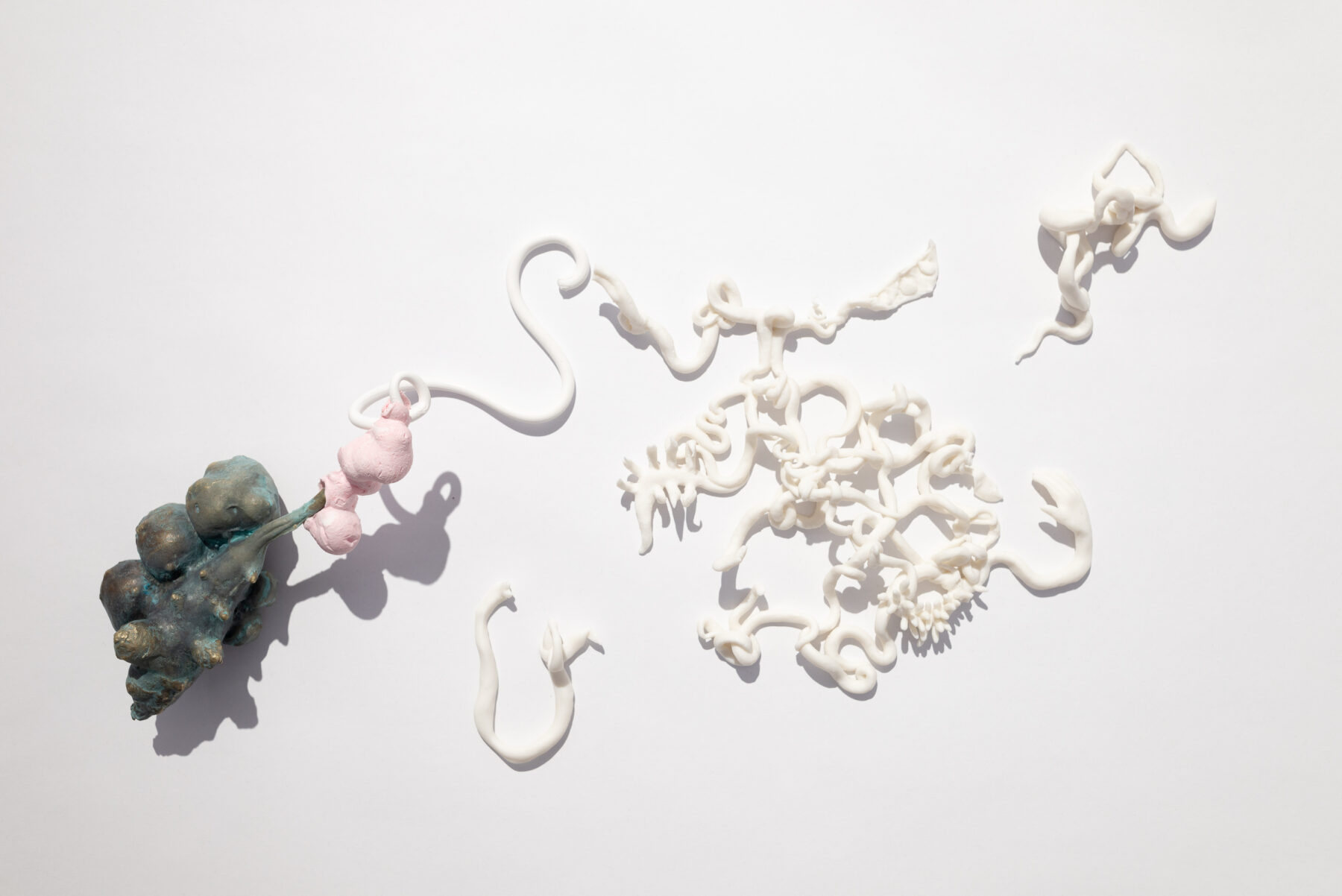
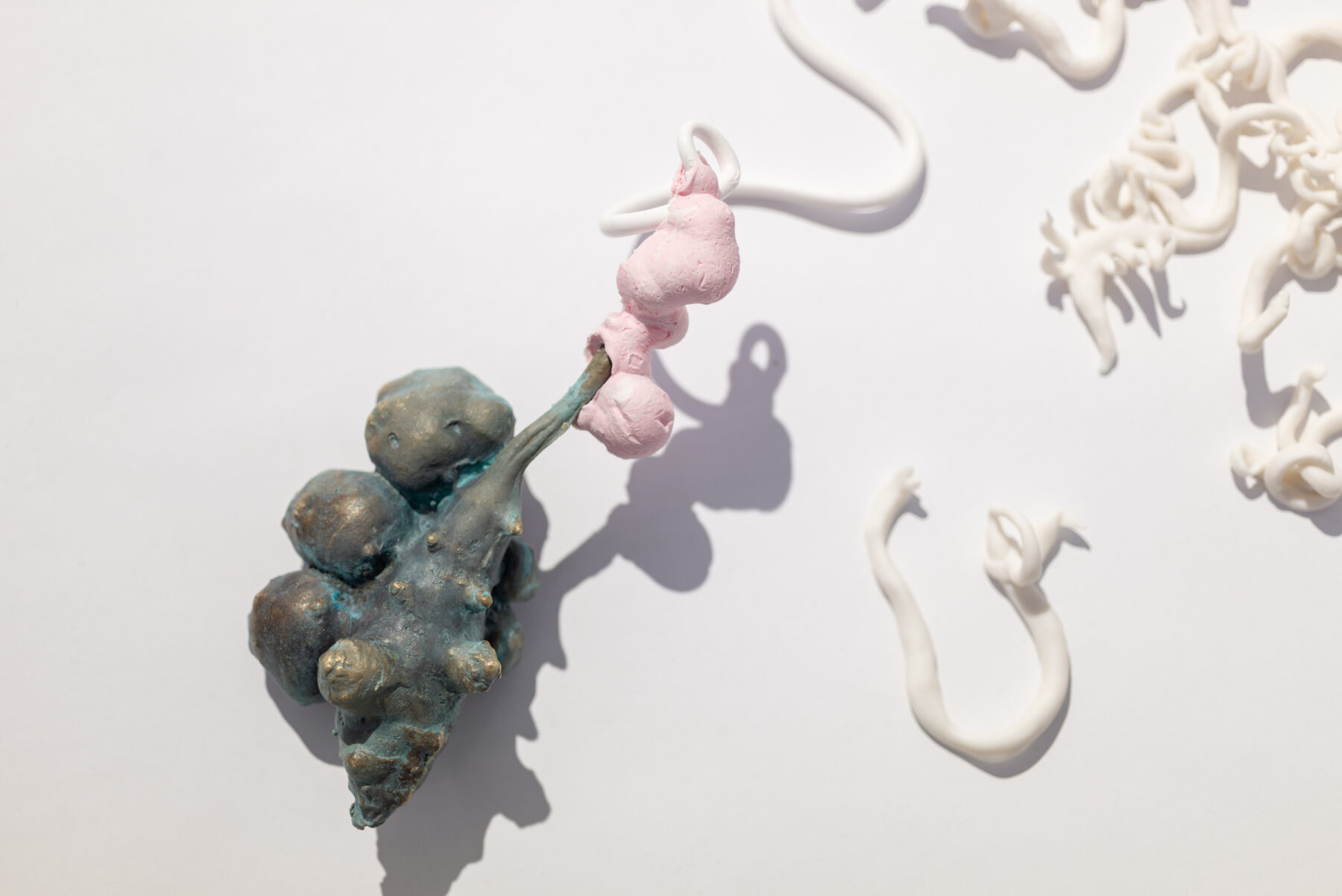
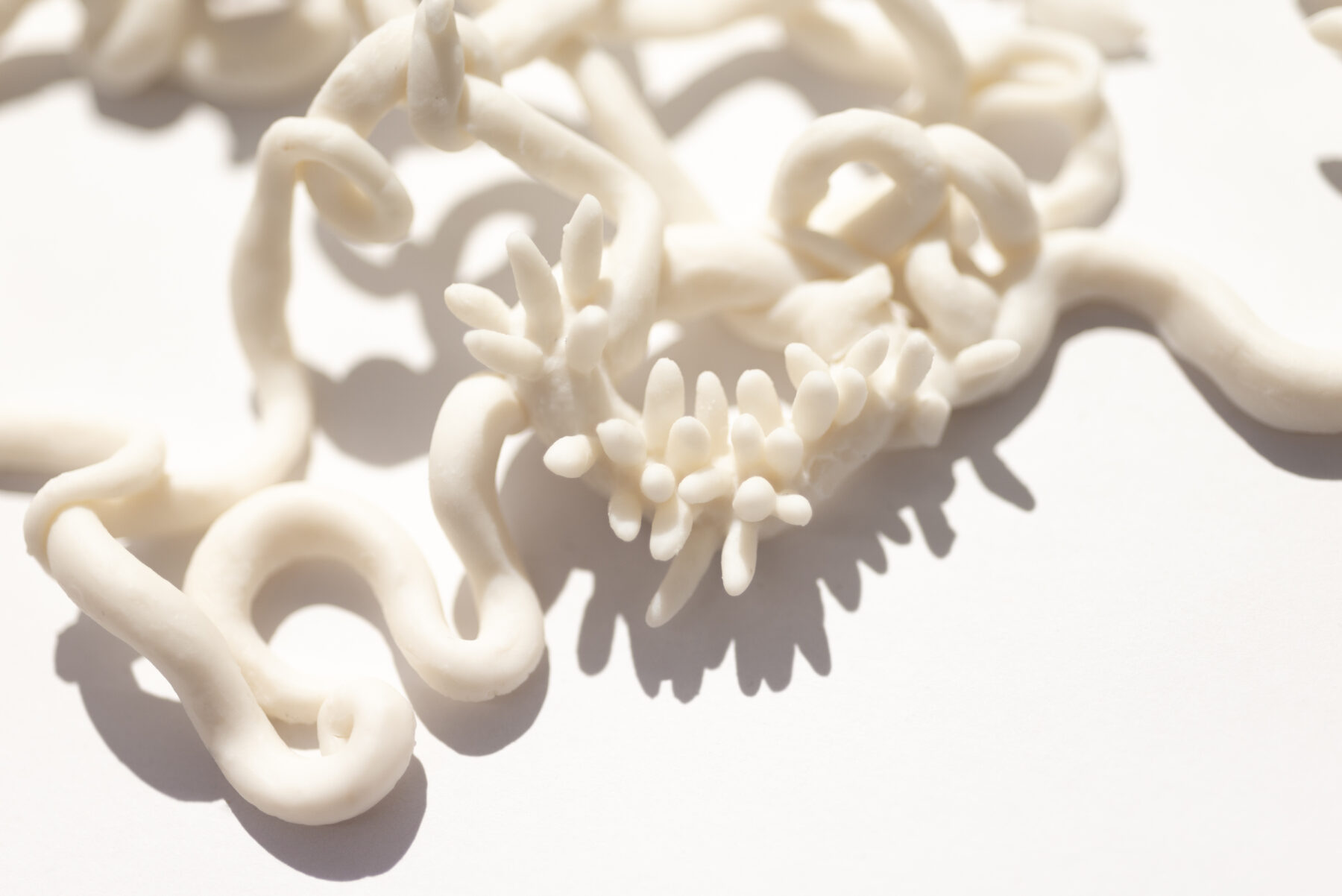
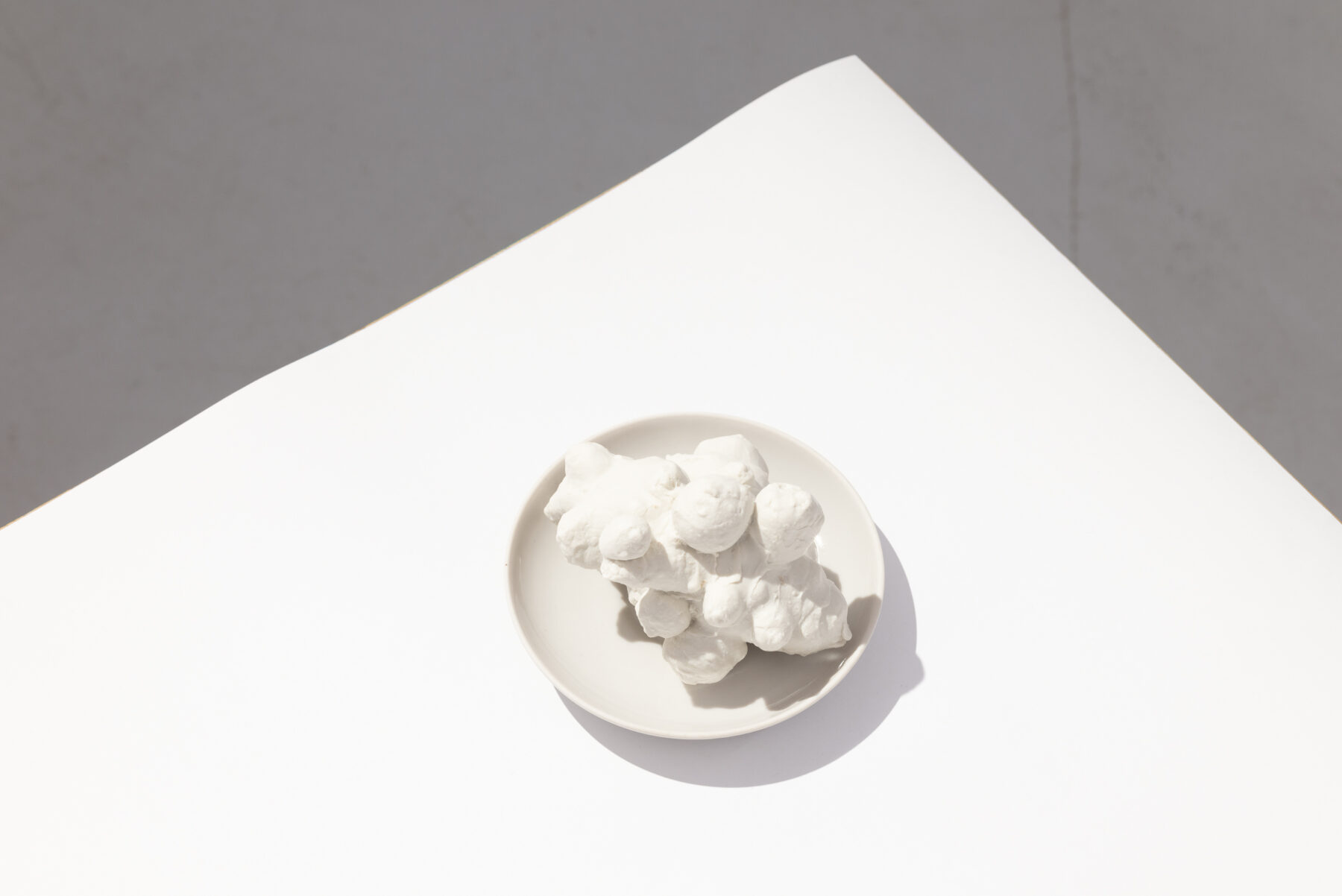
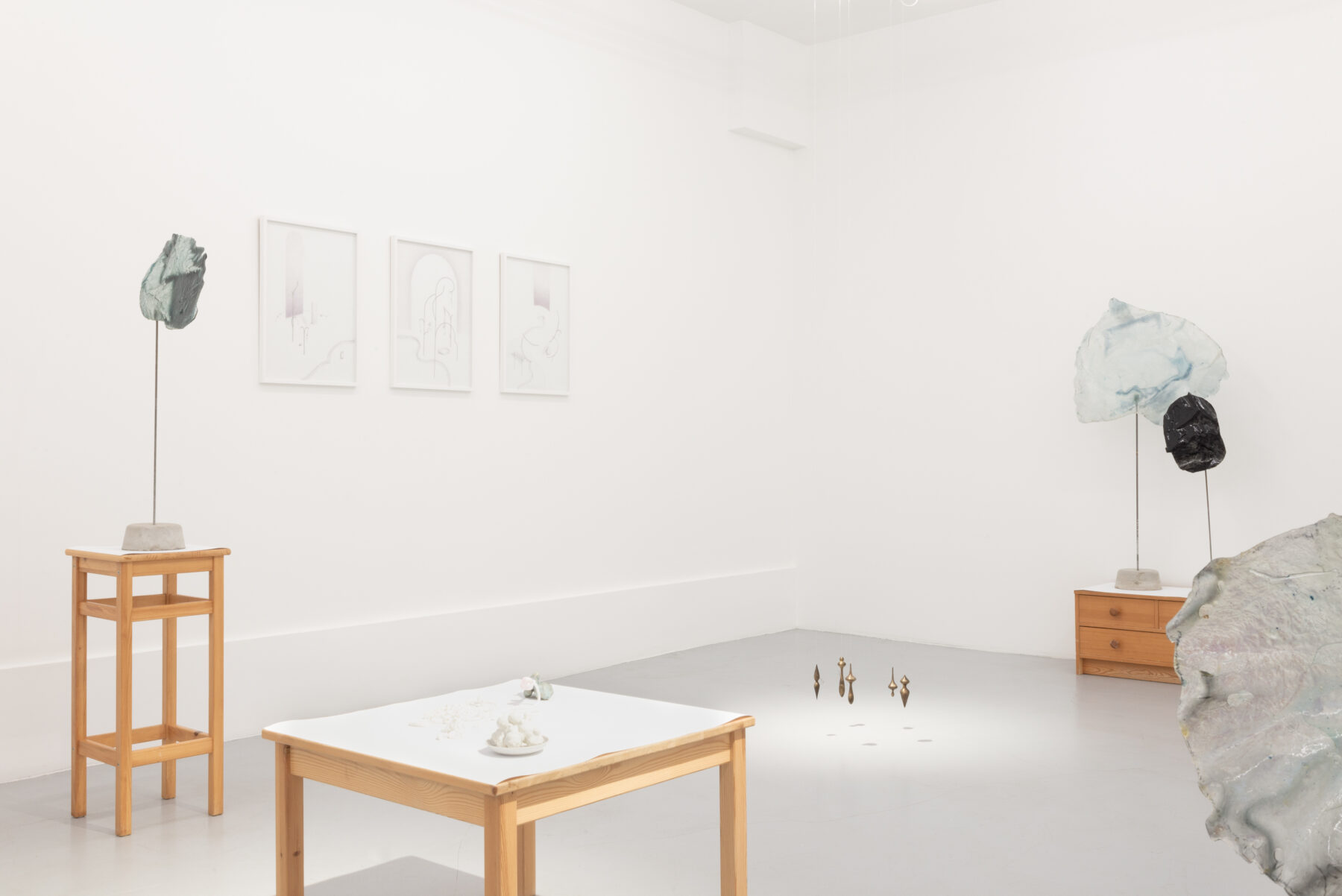
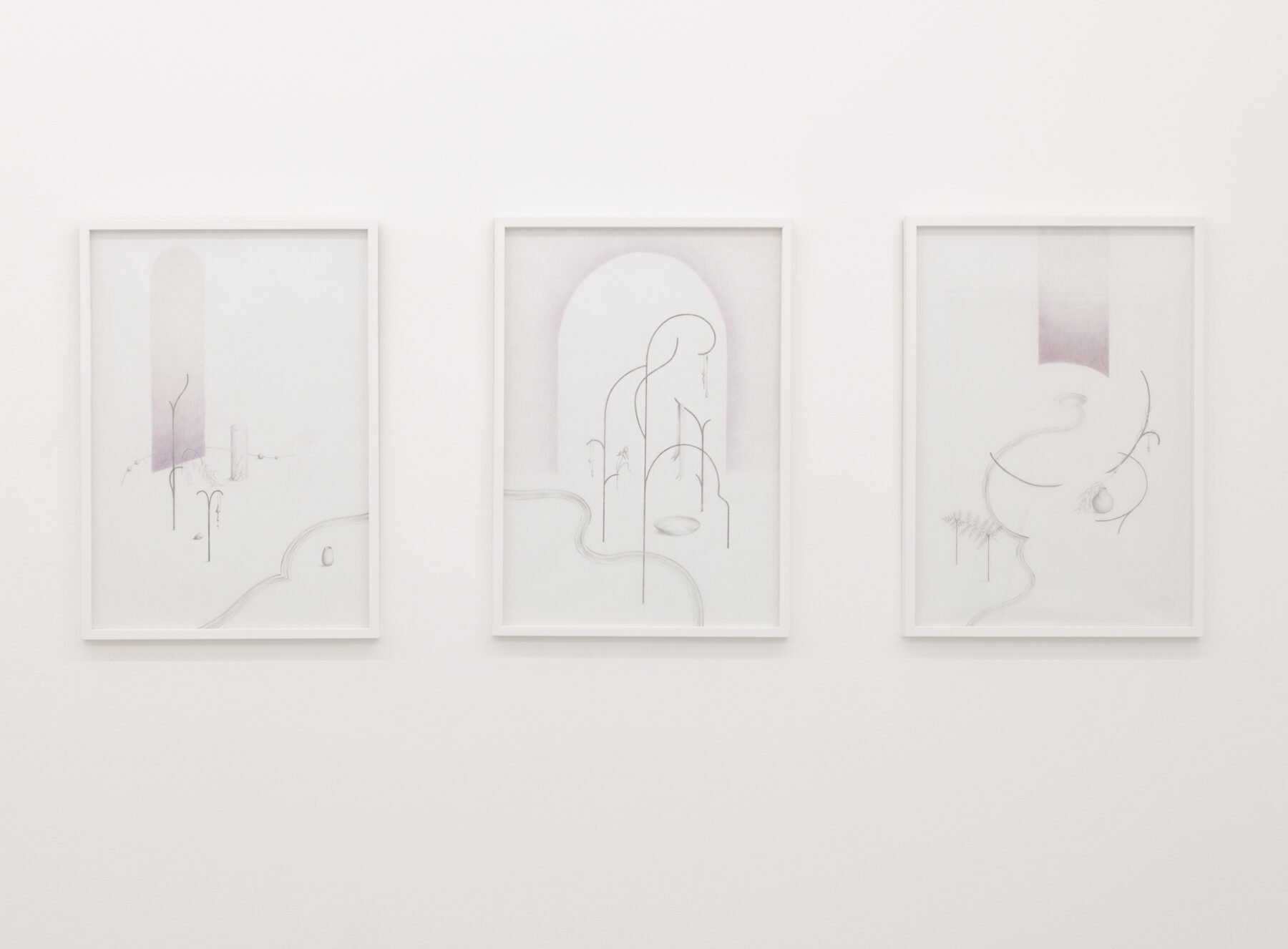
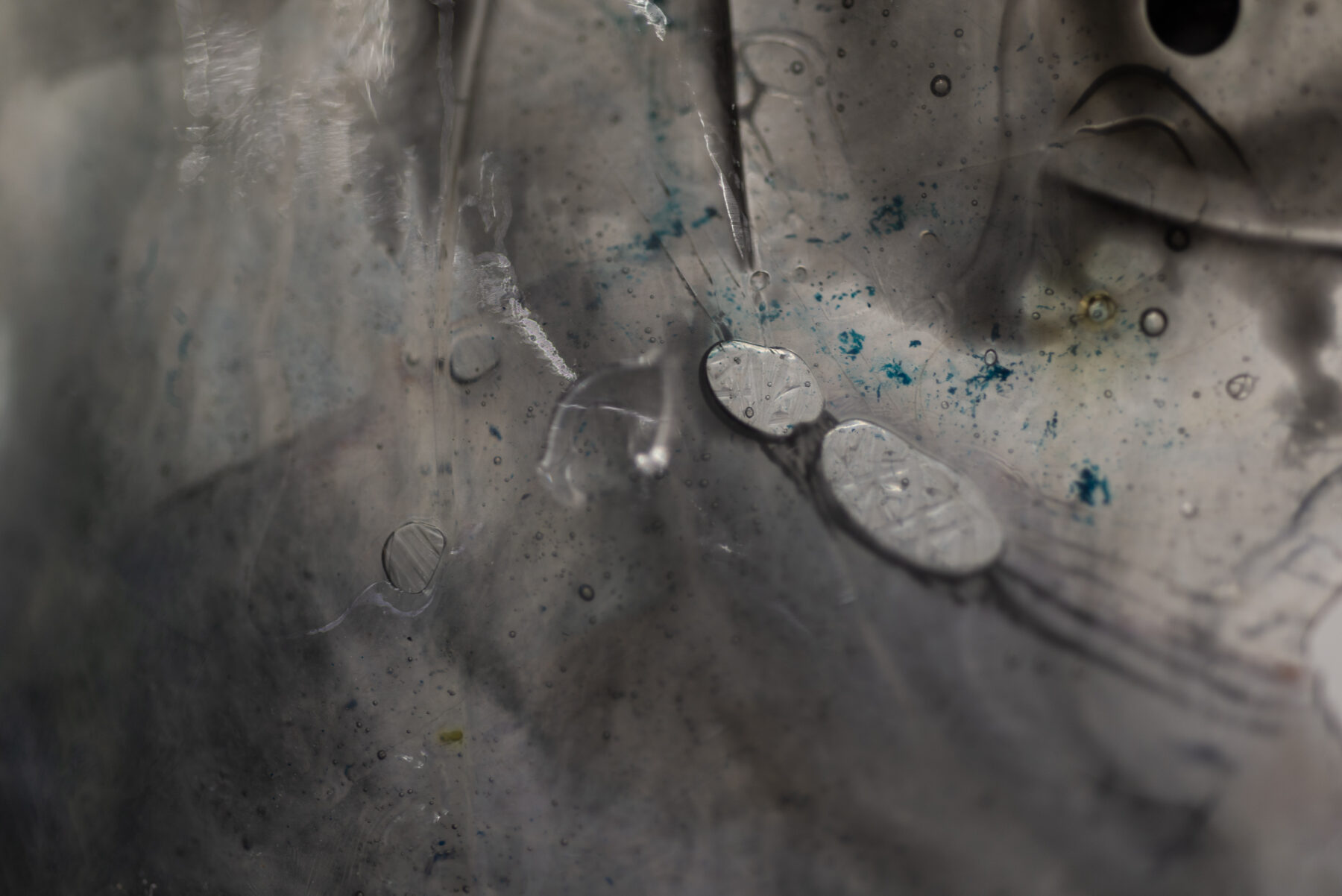
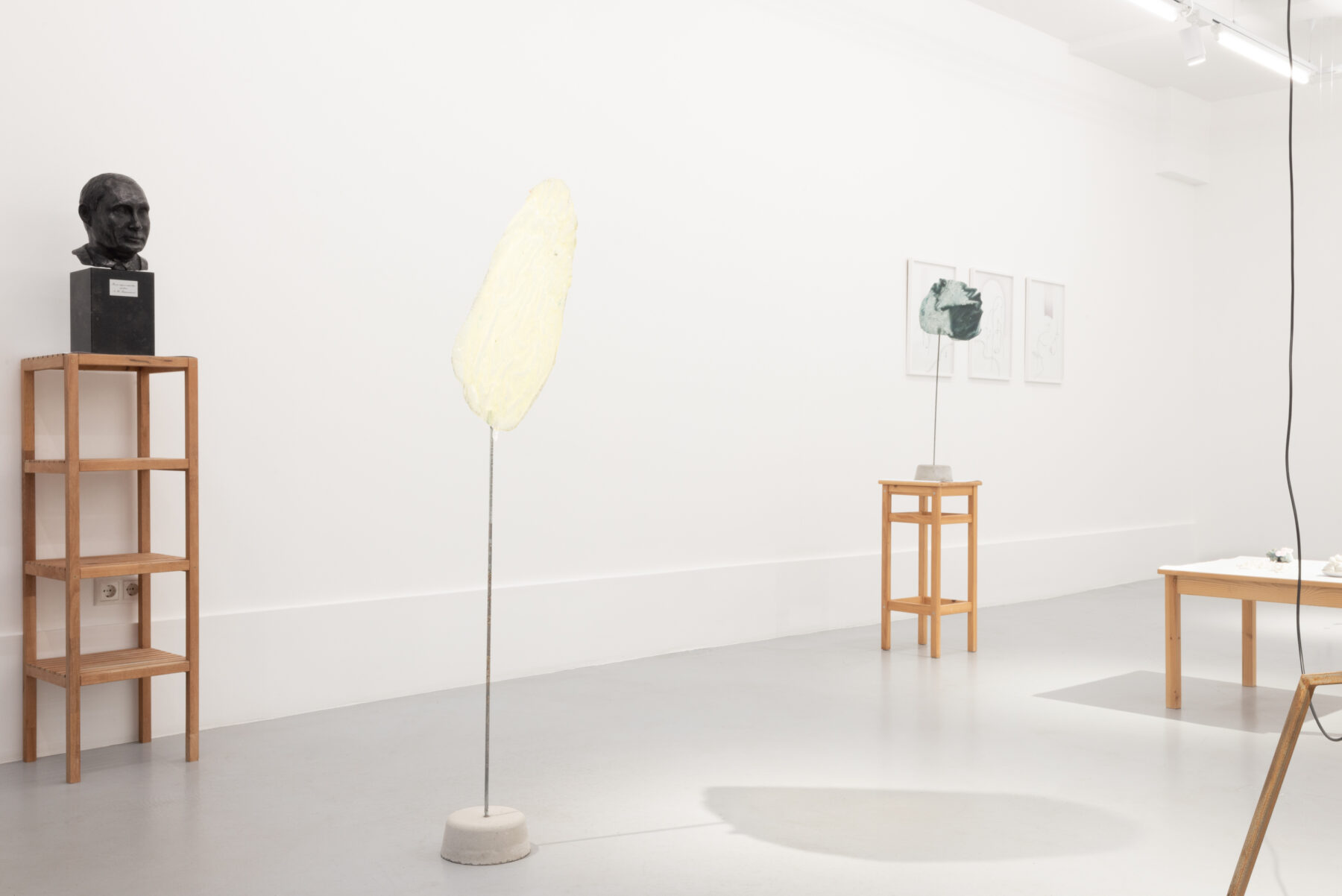
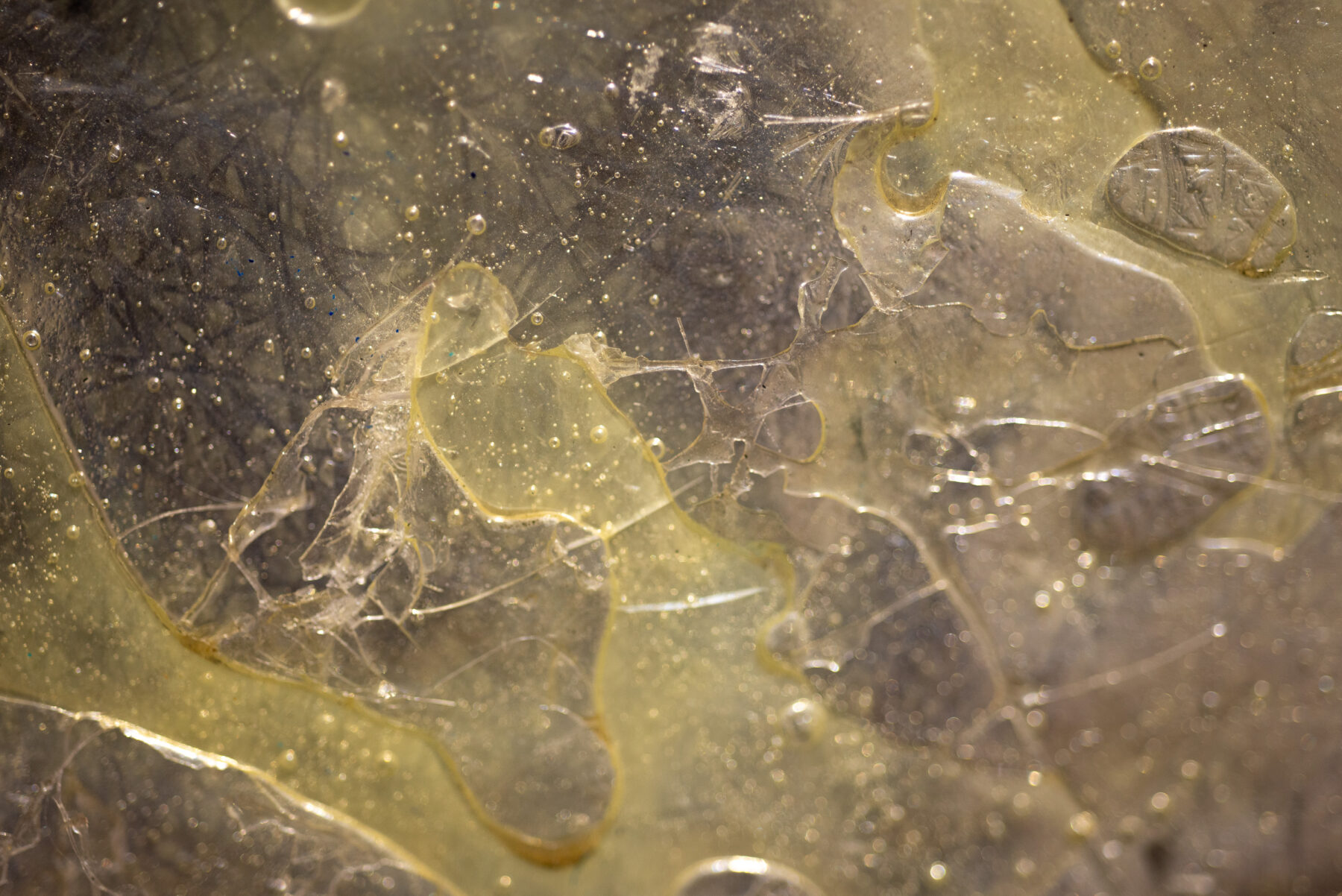
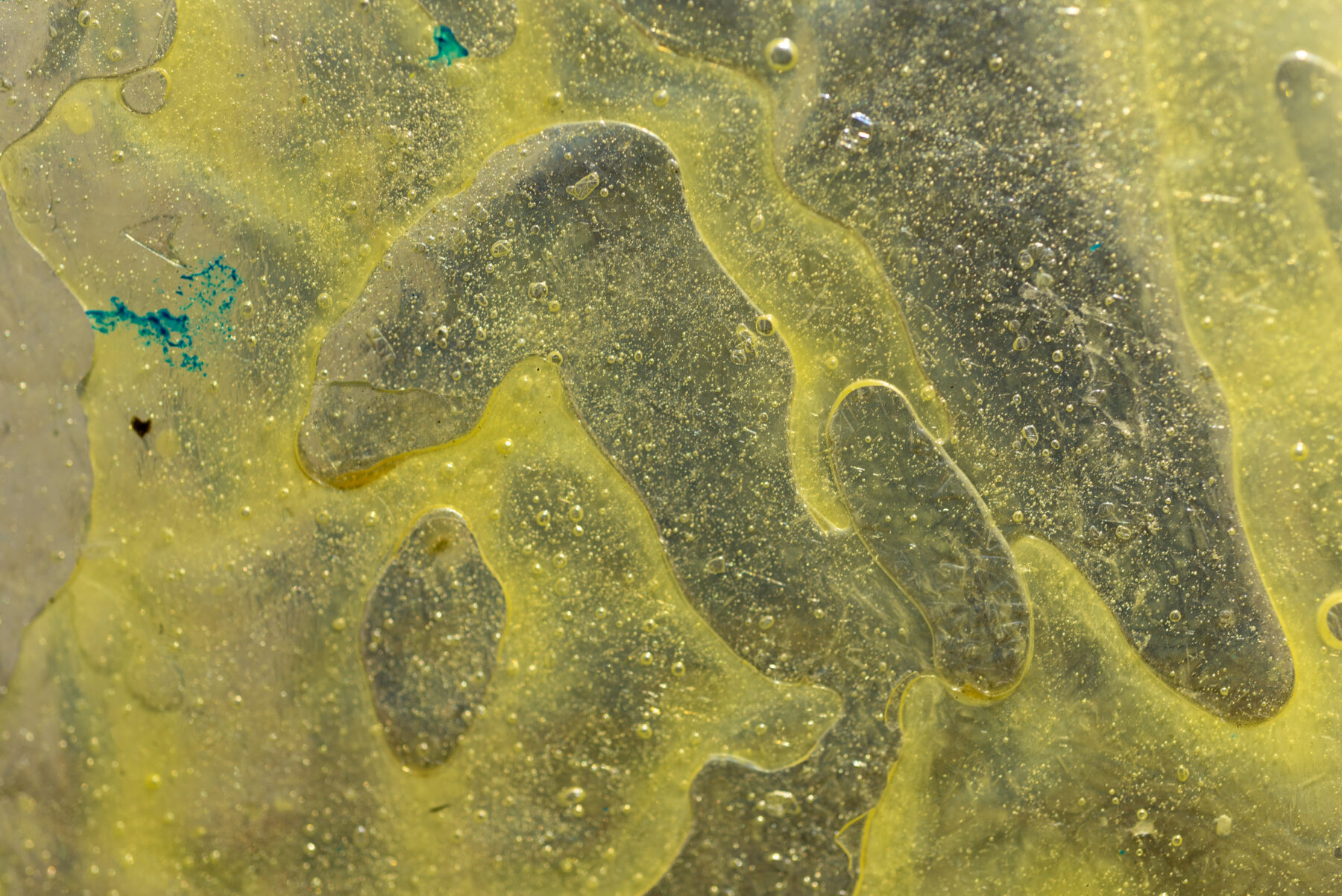
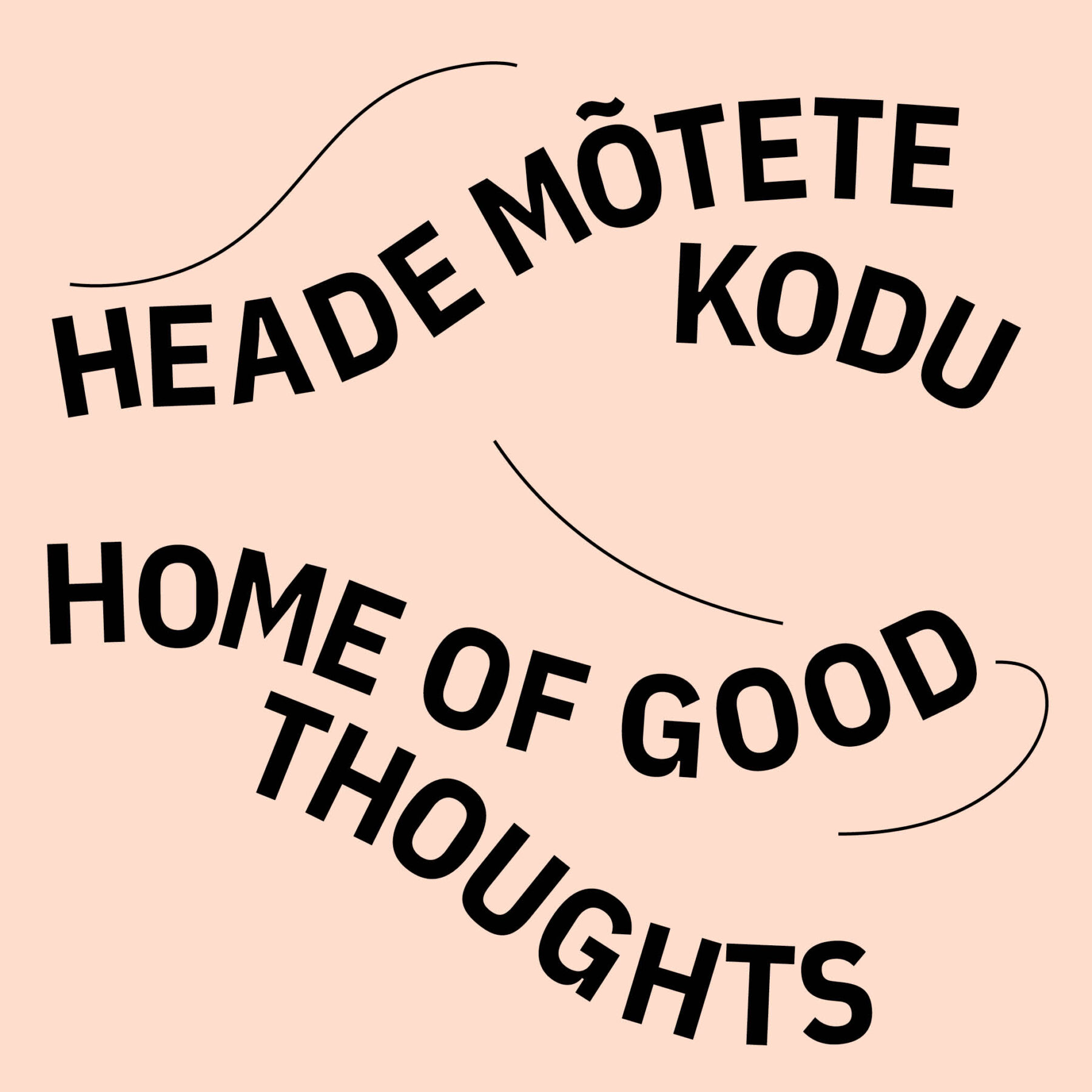
 Sanatorium’s Atmosphere
Sanatorium’s Atmosphere